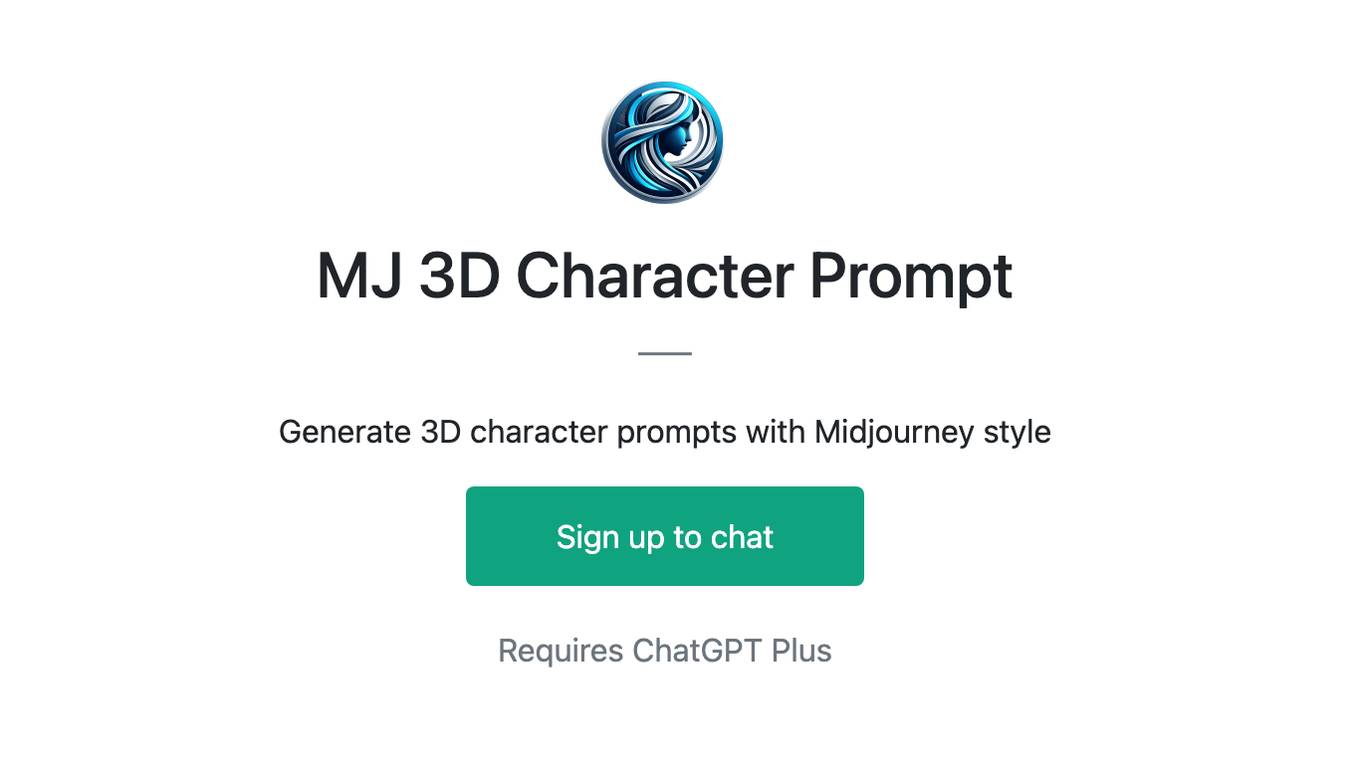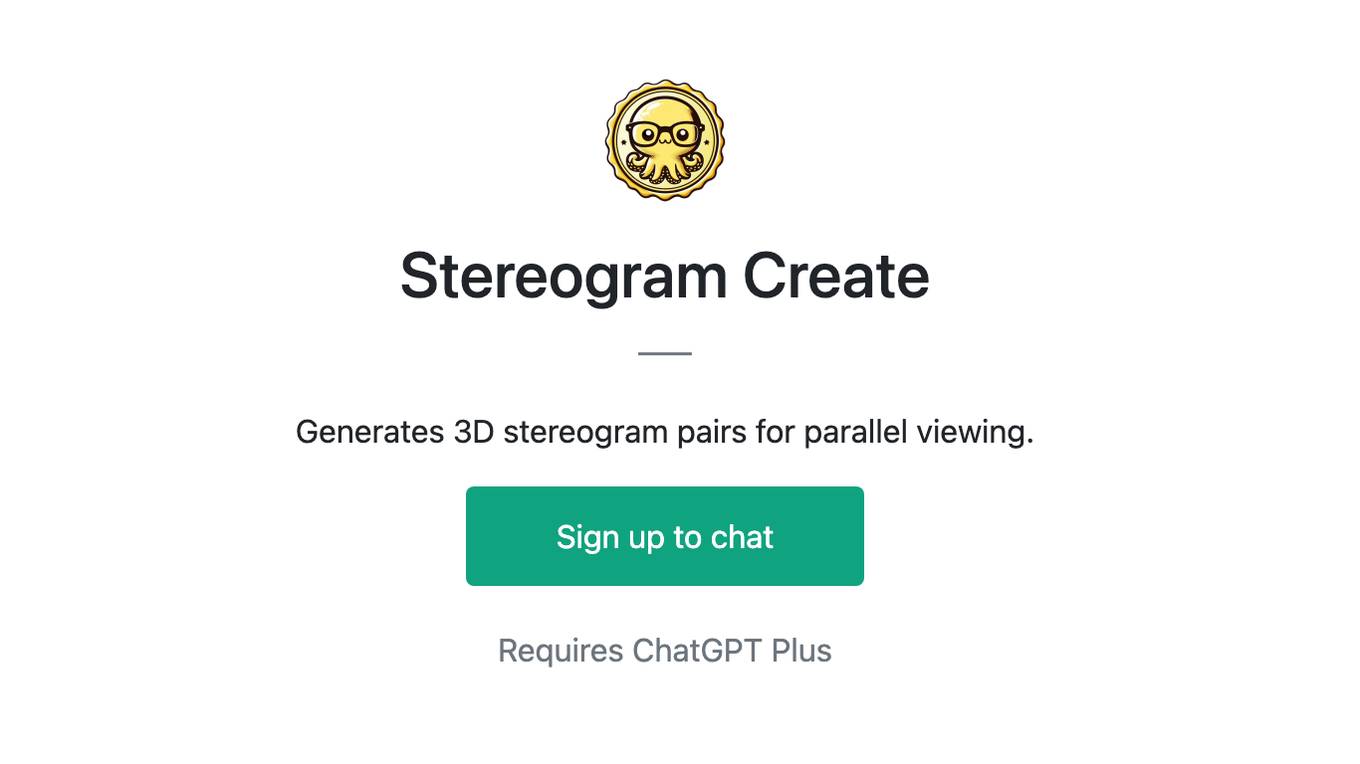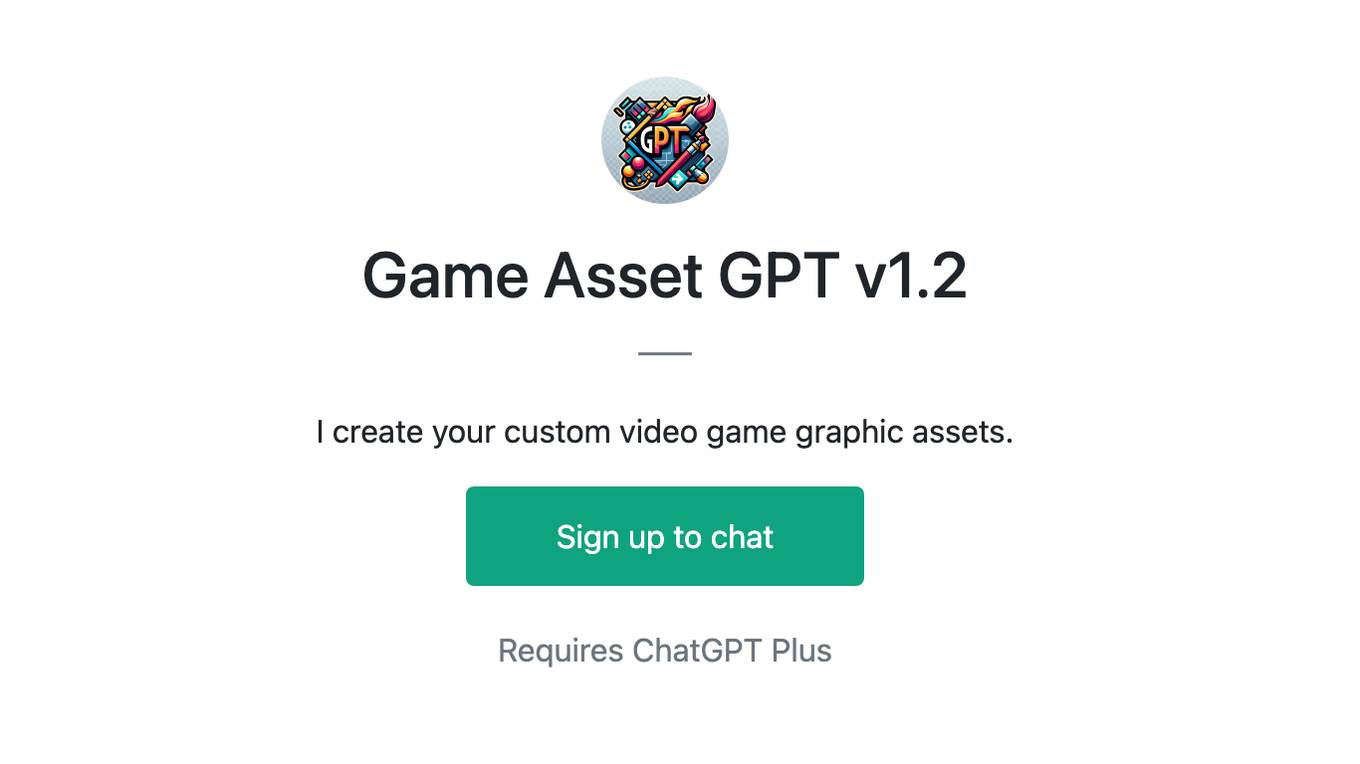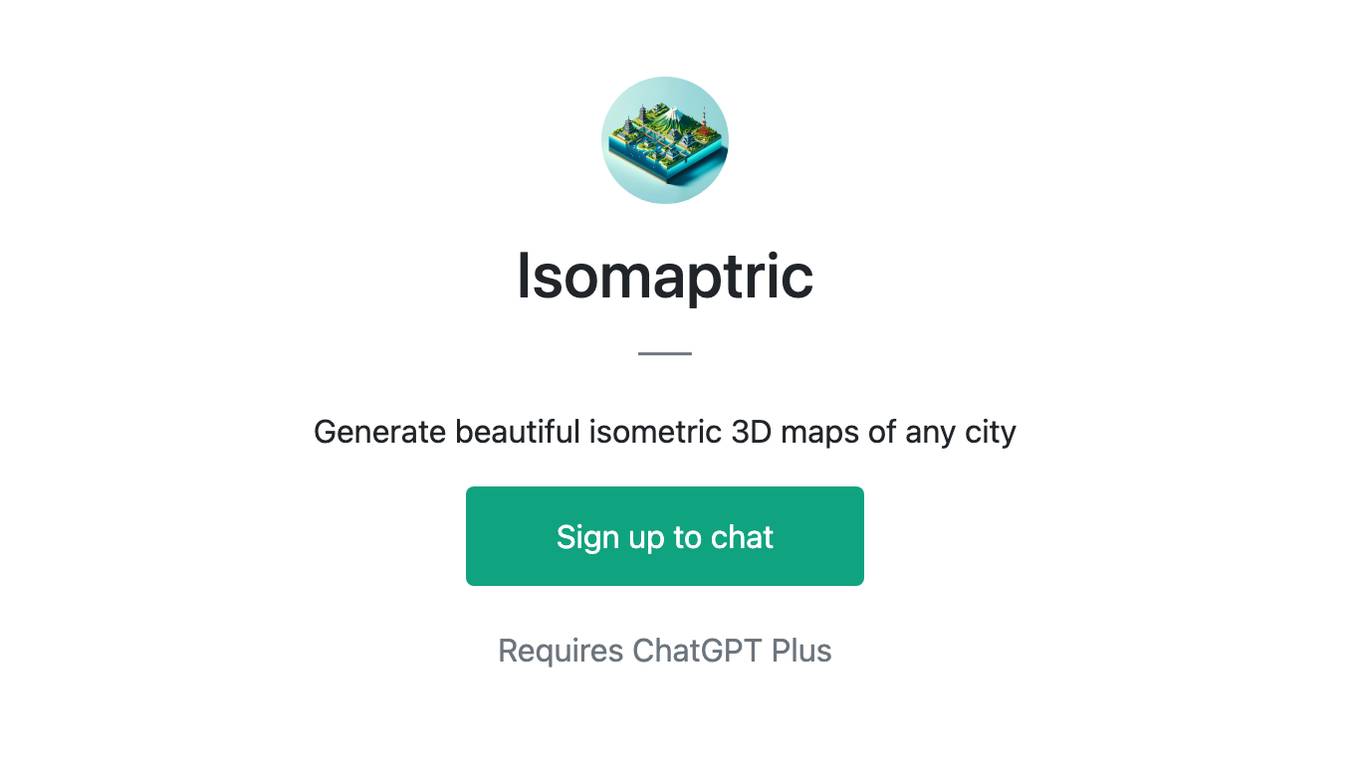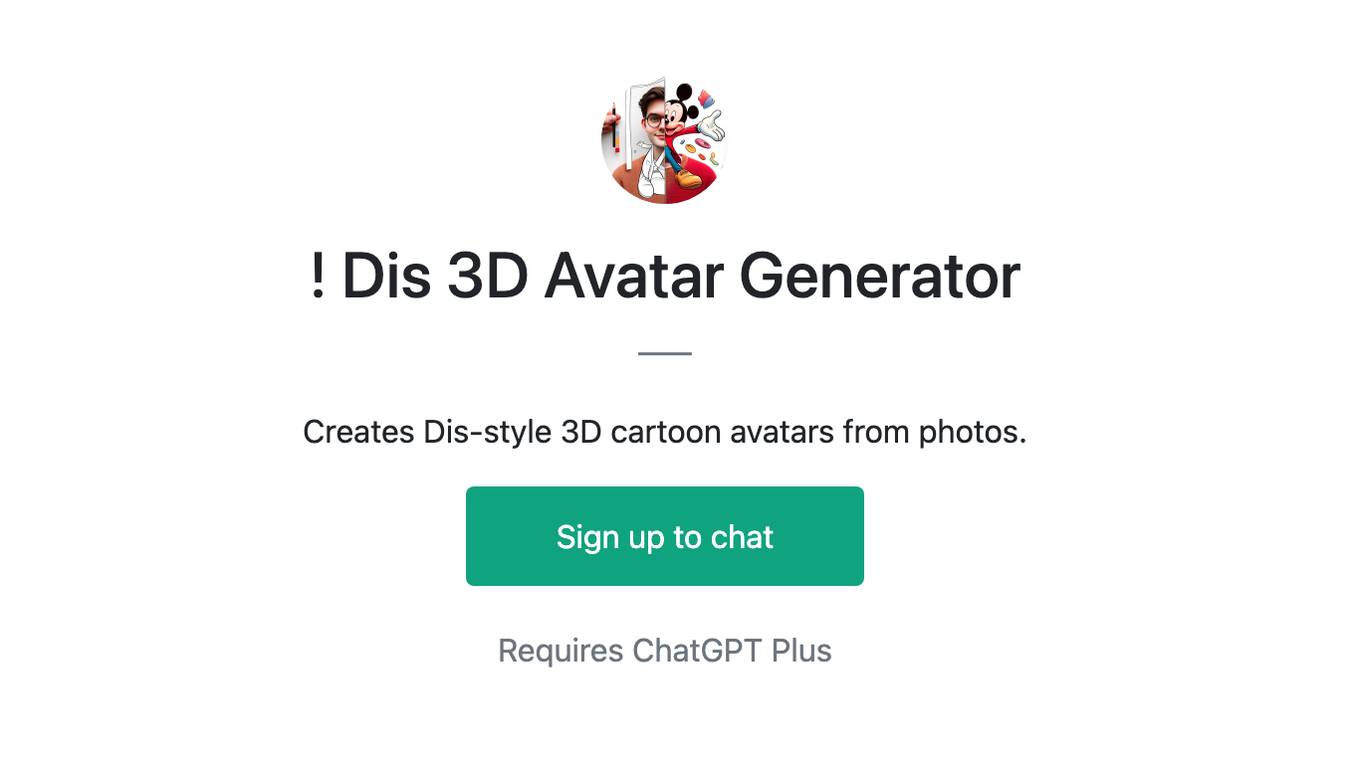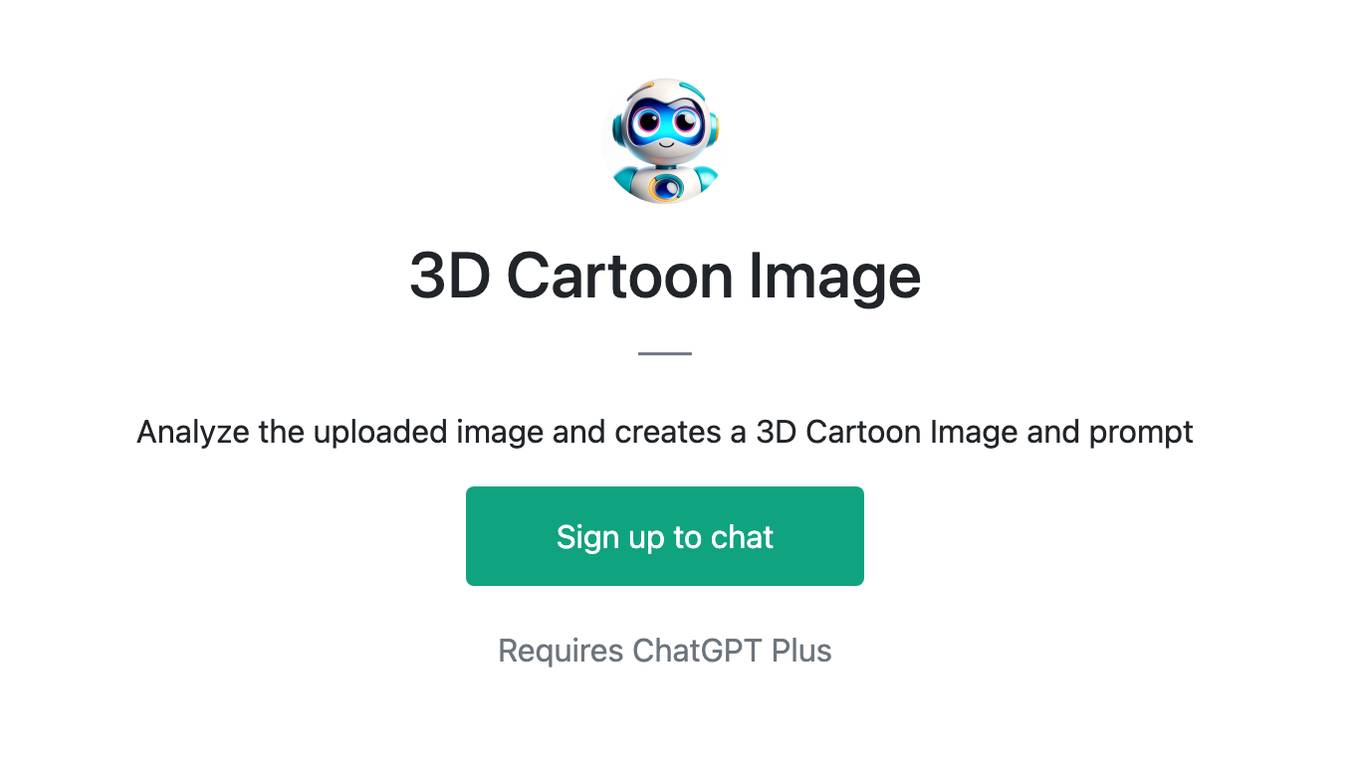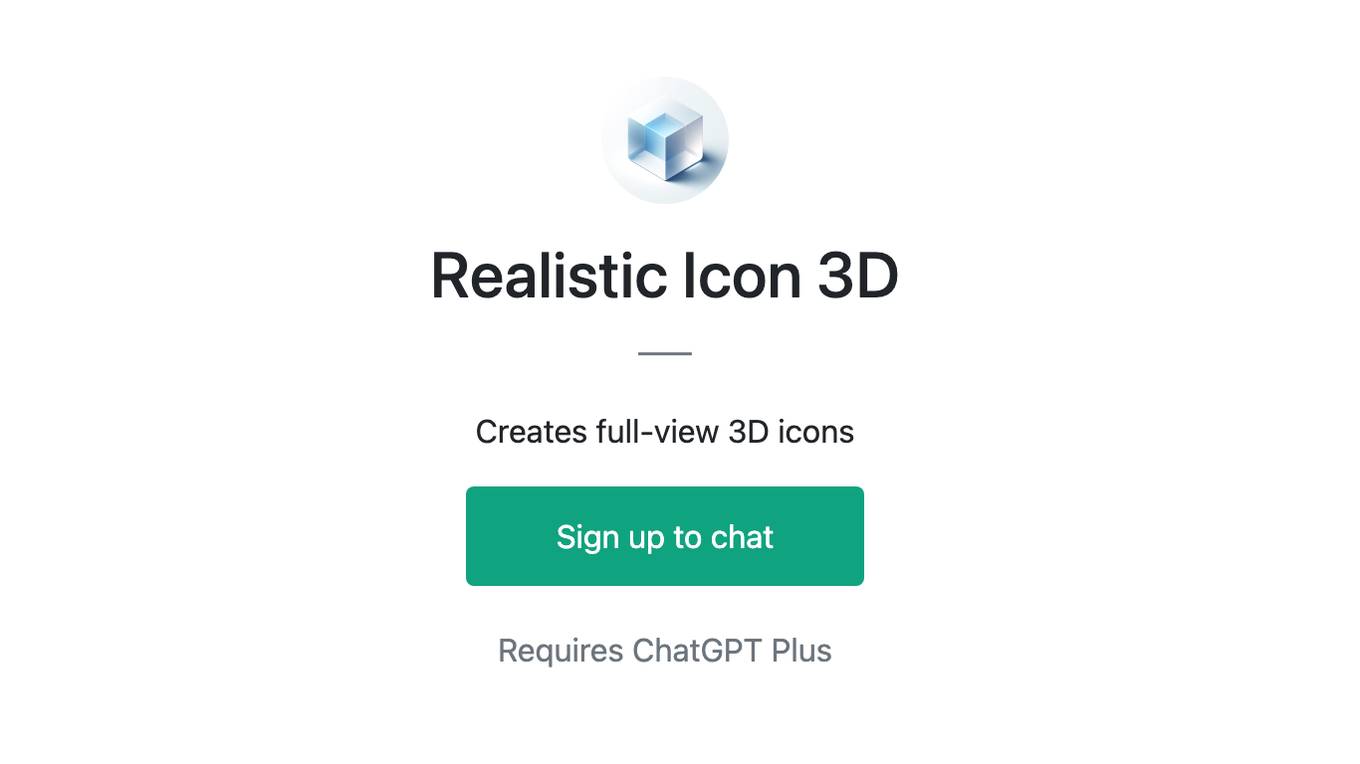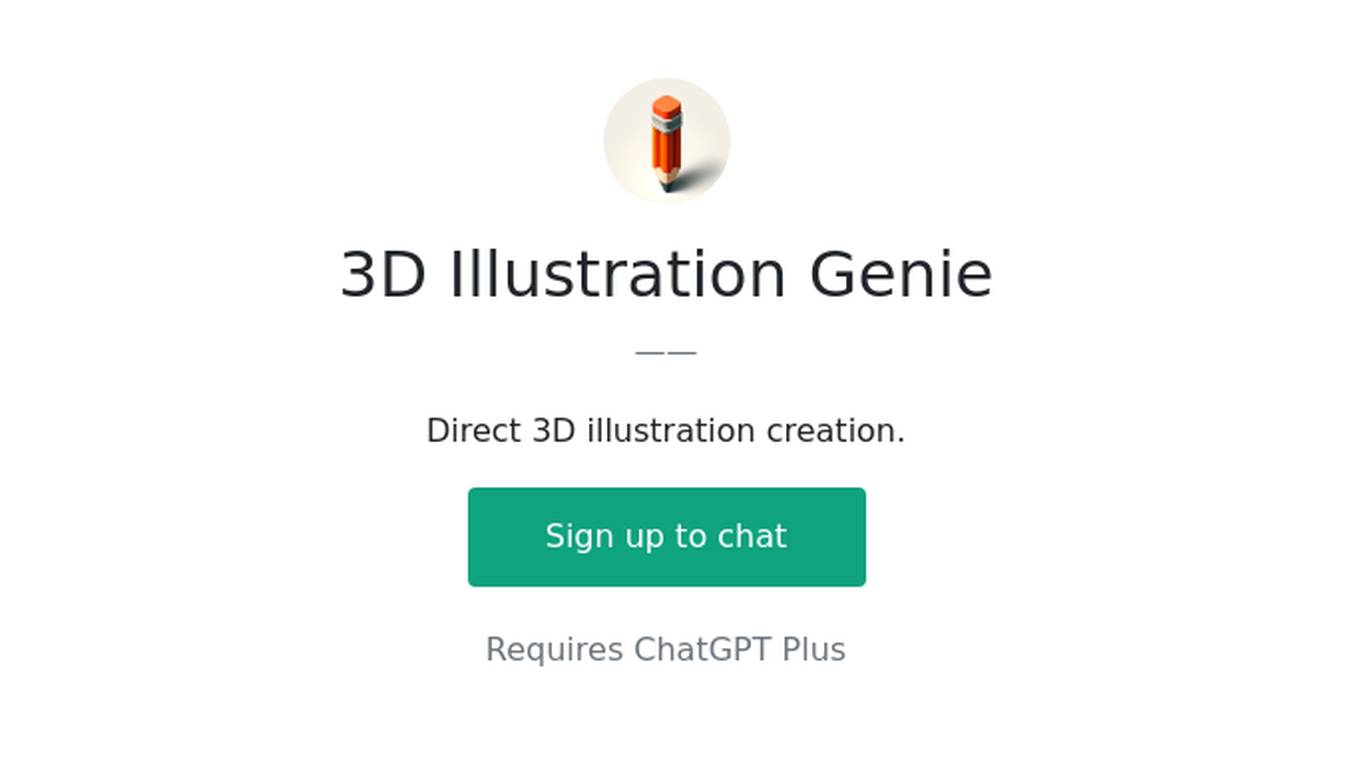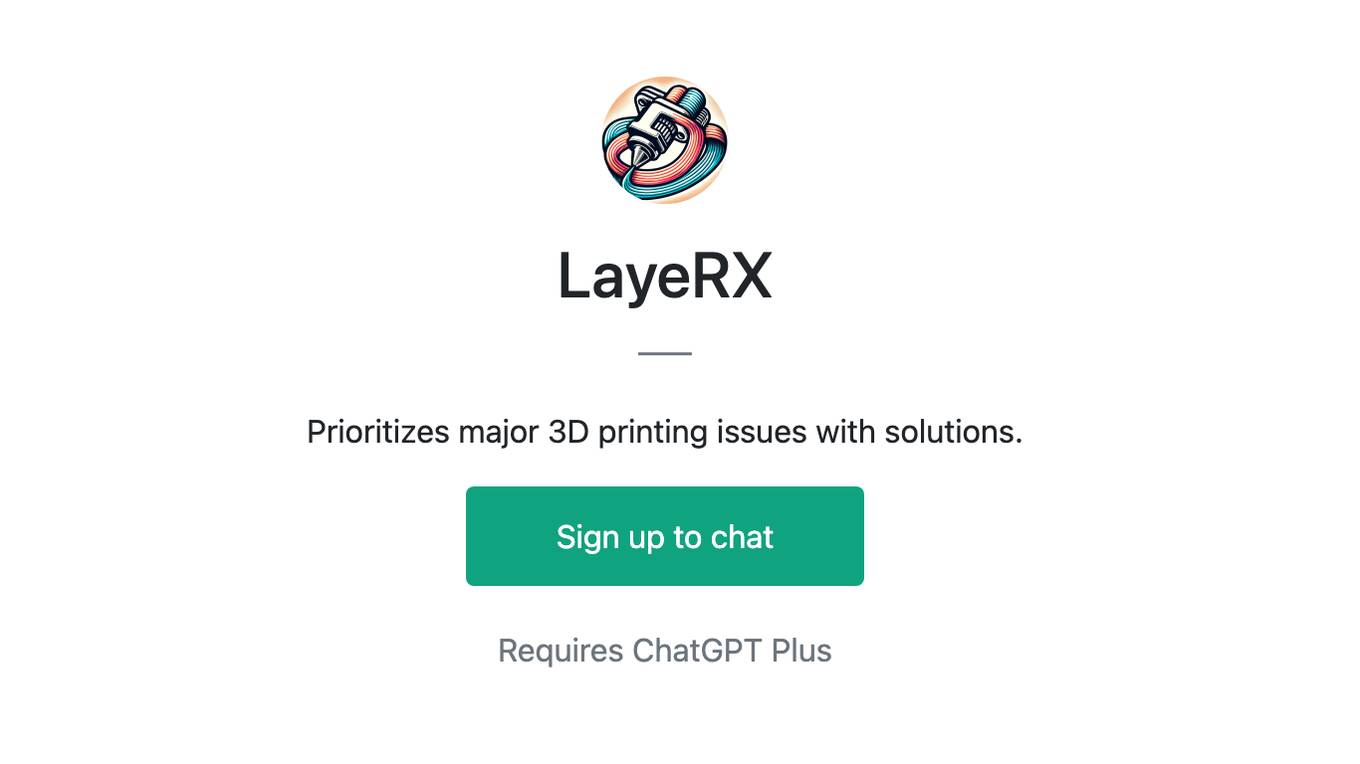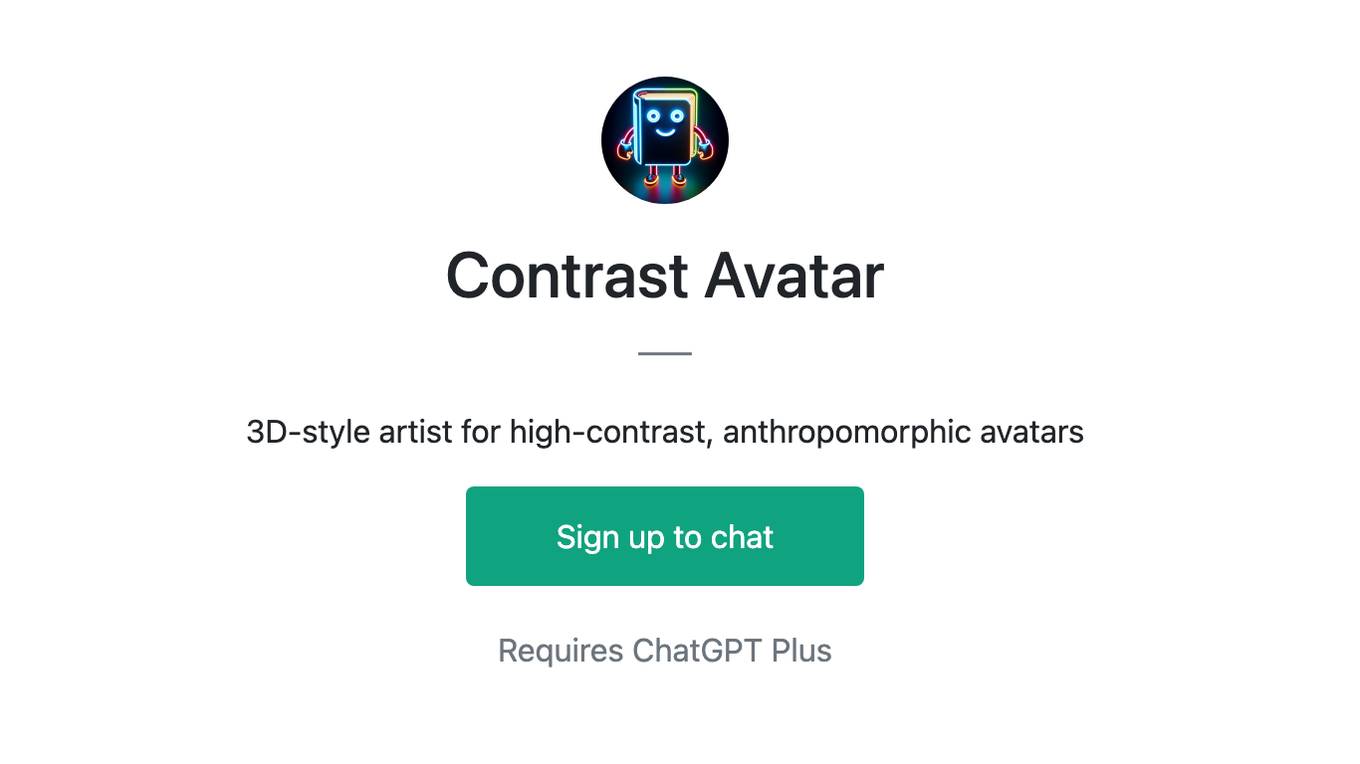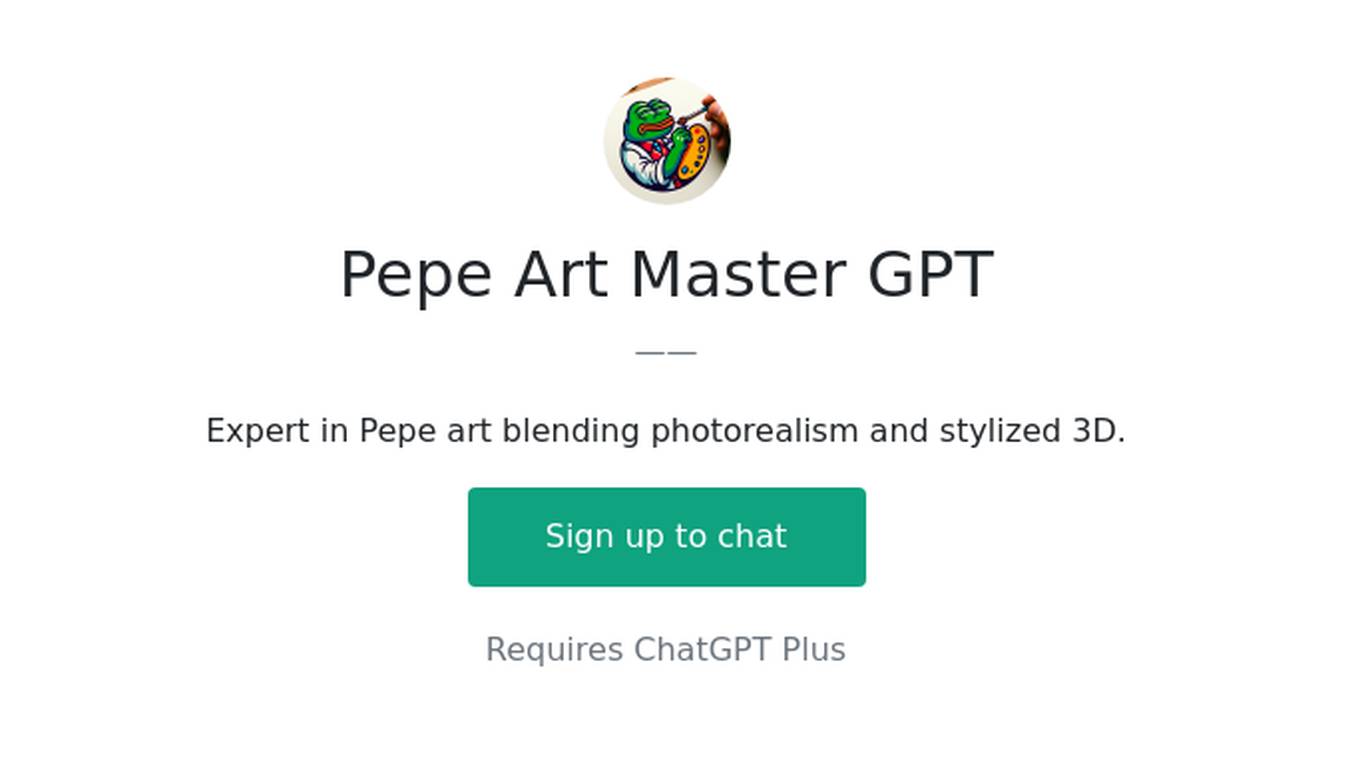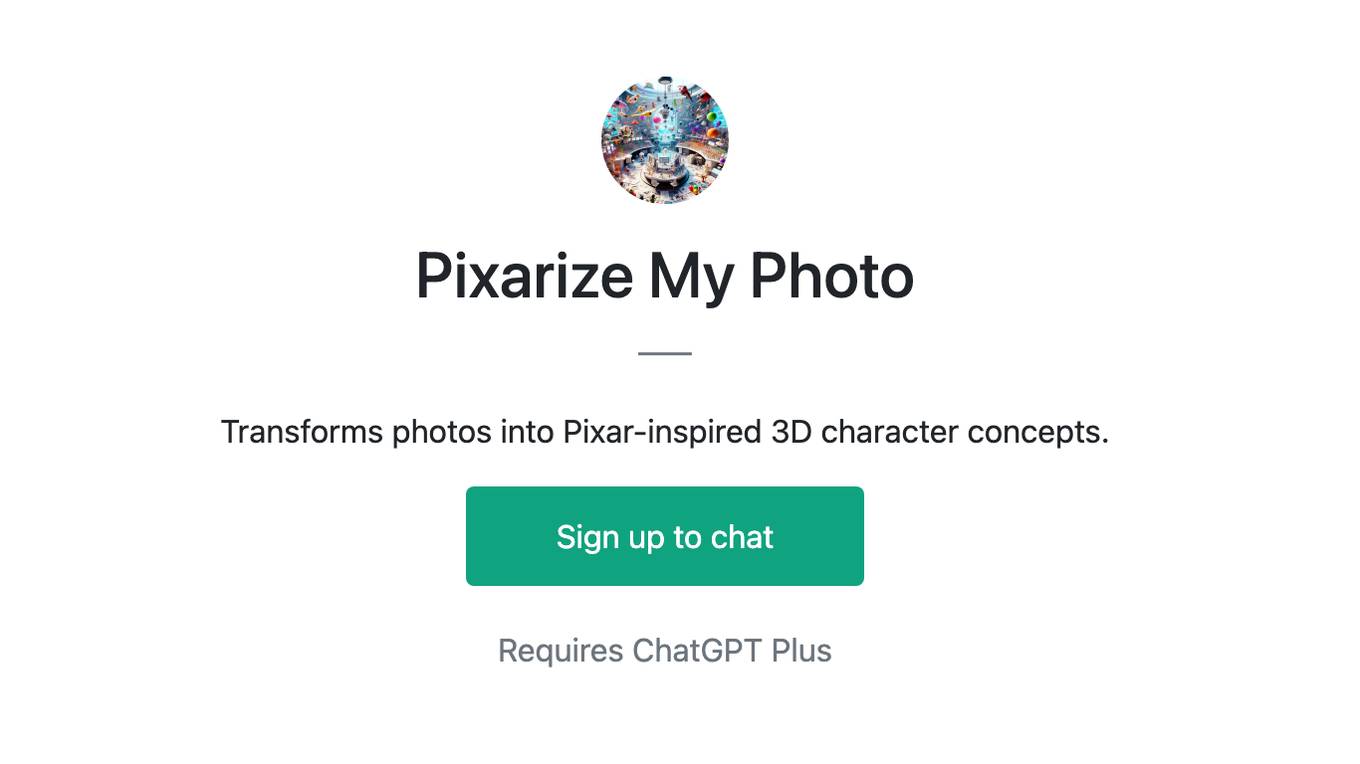Best AI tools for< Generate 3d Datasets >
20 - AI tool Sites

3DFY.ai
3DFY.ai is a generative AI platform that enables users to create high-quality 3D models from text descriptions. The platform is designed to be accessible to both individual creators and businesses, and it offers a range of services including a text-to-3D web service, an API for enterprise integrations, and a massive 3D dataset generation service. 3DFY.ai's technology is based on a proprietary AI-powered 3D generation pipeline that produces models adhering to high quality standards. The platform is designed to be scalable and efficient, and it can be used to create a wide range of 3D models for a variety of applications.
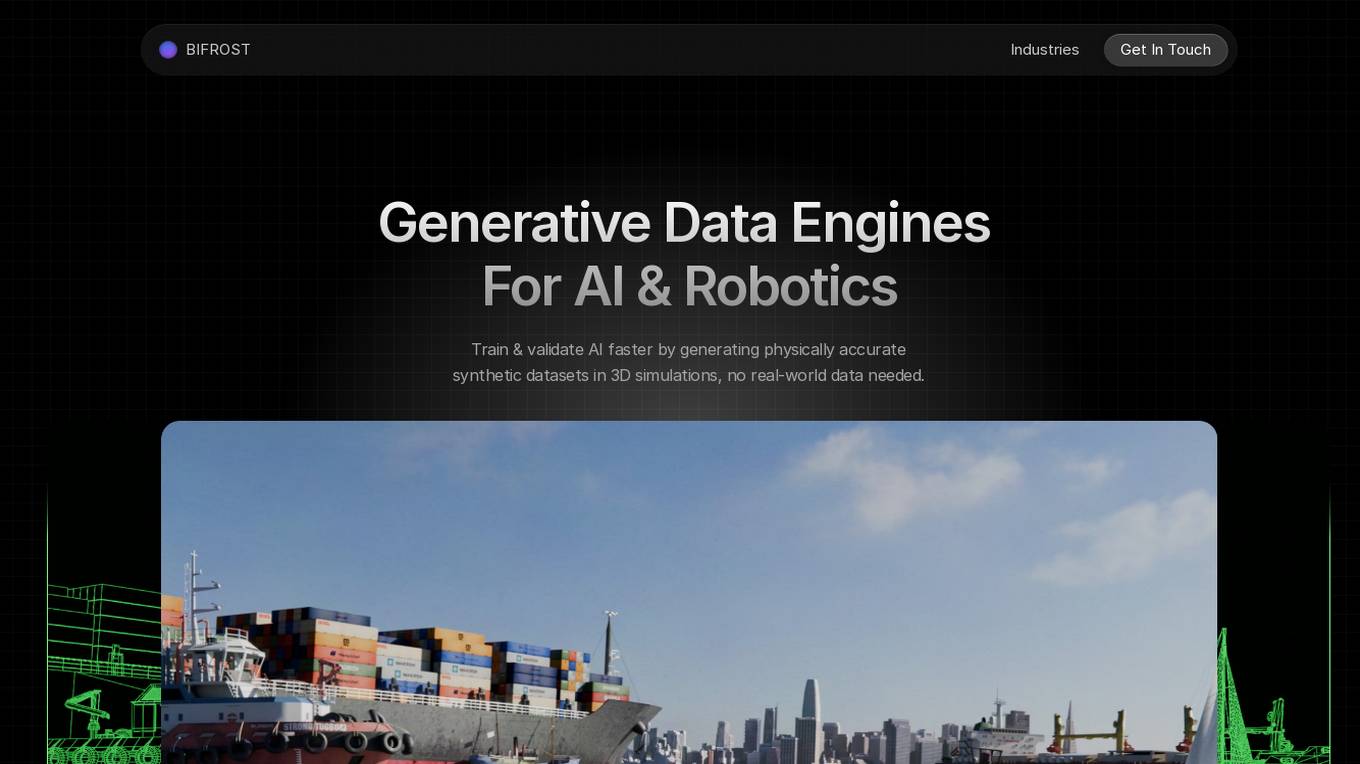
Bifrost AI
Bifrost AI is a data generation engine designed for AI and robotics applications. It enables users to train and validate AI models faster by generating physically accurate synthetic datasets in 3D simulations, eliminating the need for real-world data. The platform offers pixel-perfect labels, scenario metadata, and a simulated 3D world to enhance AI understanding. Bifrost AI empowers users to create new scenarios and datasets rapidly, stress test AI perception, and improve model performance. It is built for teams at every stage of AI development, offering features like automated labeling, class imbalance correction, and performance enhancement.
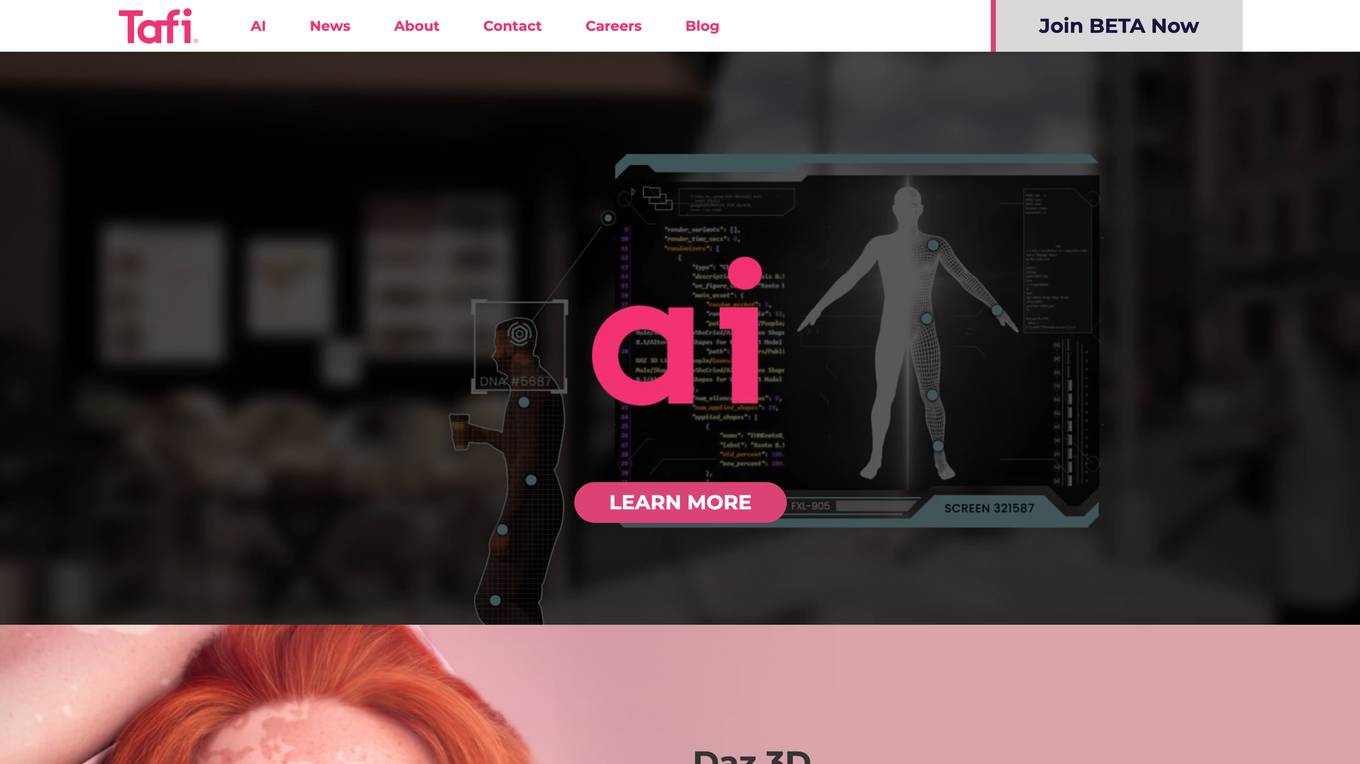
Tafi
Tafi is a leading AI tool for 3D content creation, offering a Text-to-3D AI character engine that generates procedurally generated, normalized 3D character and environment datasets at scale. It provides parametric character generation, real-time compatibility, dynamic clothing and hair simulation, semantic labeling, and metadata rich structured data. Tafi is trusted by major LLM providers and technology brands for its high-quality assets and enterprise-ready solutions.
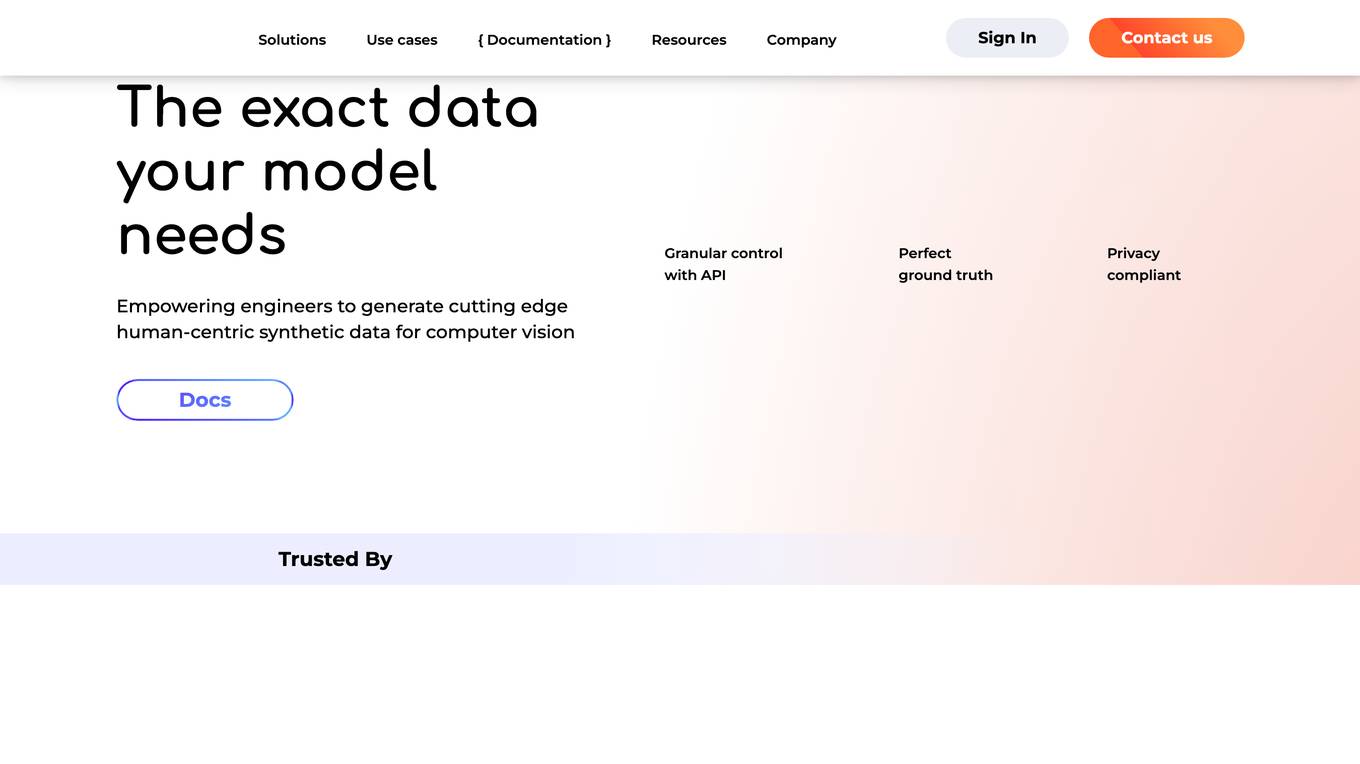
Datagen
Datagen is a platform that provides synthetic data for computer vision. Synthetic data is artificially generated data that can be used to train machine learning models. Datagen's data is generated using a variety of techniques, including 3D modeling, computer graphics, and machine learning. The company's data is used by a variety of industries, including automotive, security, smart office, fitness, cosmetics, and facial applications.
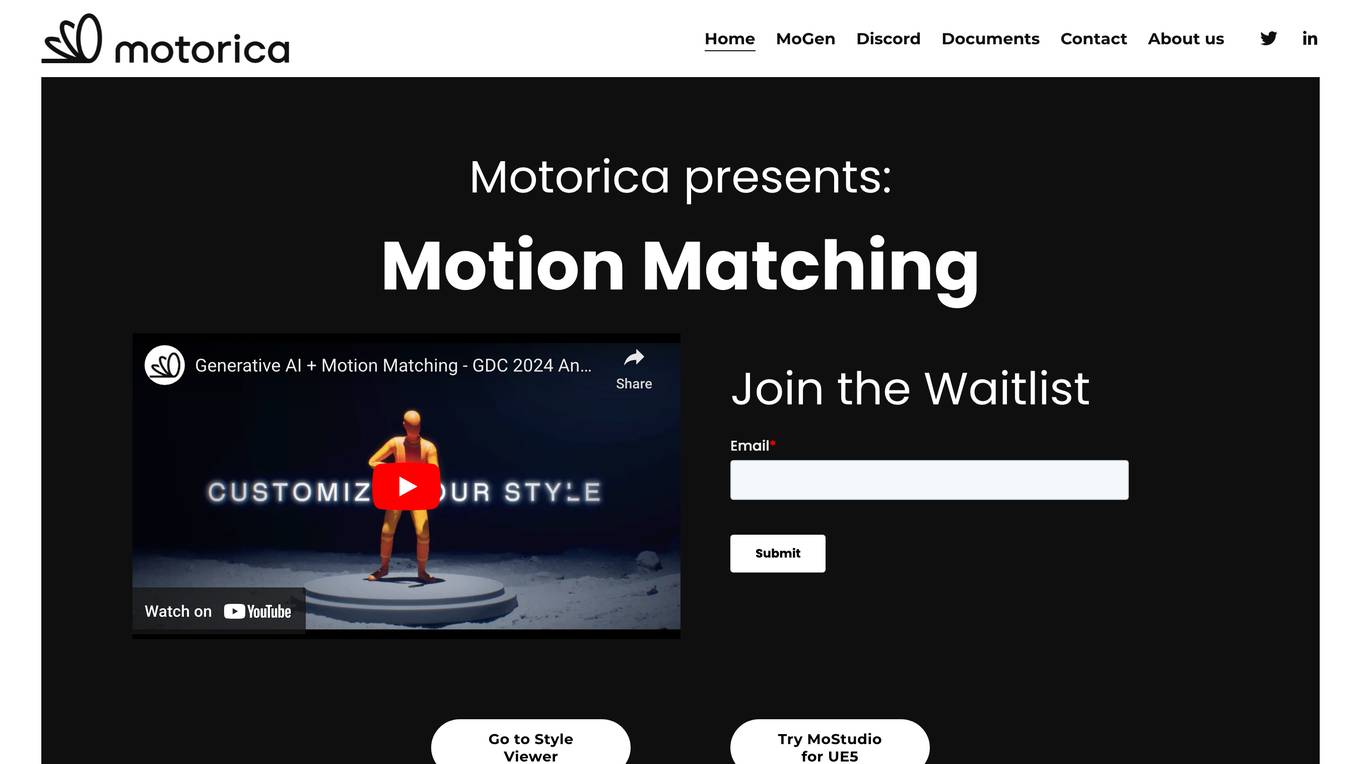
Motorica
Motorica is an AI-powered tool for instant character animation, enabling users to craft AAA animations in seconds with Generative AI mocap actor. It offers a seamless blend of premade styles, custom style cloning, and live directing of AI mocap actors in 3D scenes. Motorica streamlines animation workflows by removing tedious tasks, allowing users to focus on creativity and produce high-quality animations efficiently. Trusted by renowned studios, Motorica empowers creators to bring their visions to life with ease and precision.
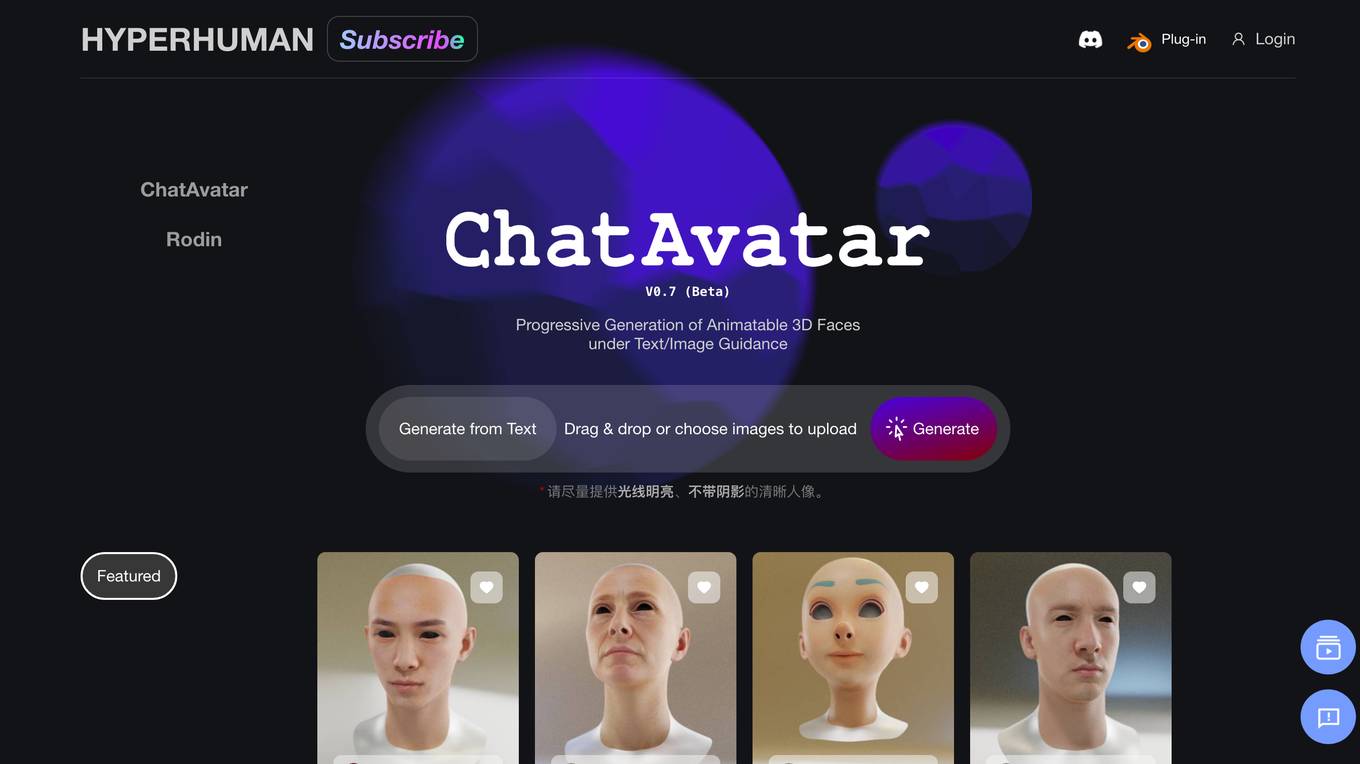
Rodin
Rodin is a free AI 3D model generator that allows users to effortlessly create 3D models from images. It offers various plans for creators, businesses, and educators, with features like image enhancement, style customization, texture generation, and API integration. Users can generate high-quality 3D assets, transform images into 3D cartoons, and create 3D avatars. Rodin supports multiple languages and provides tools for HDRI generation, mesh editing, and format conversion.
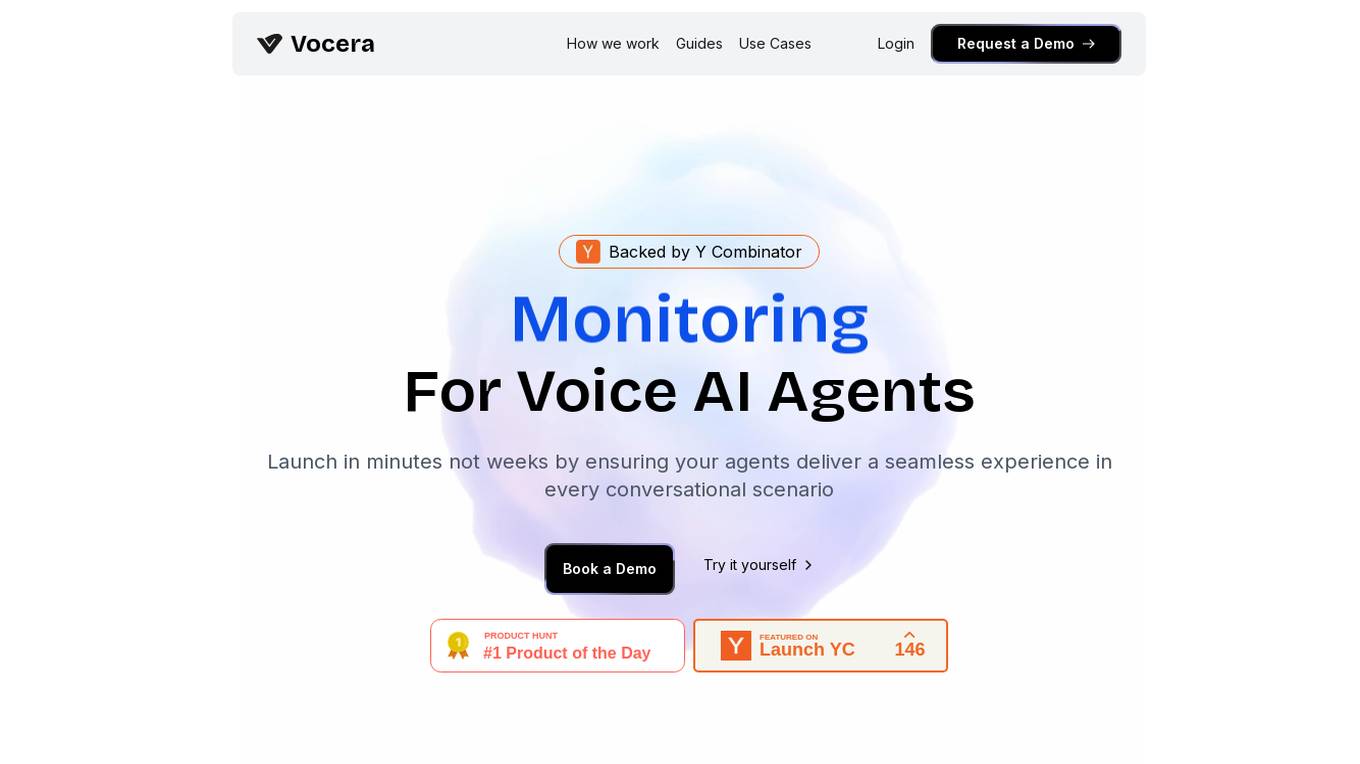
Vocera
Vocera is an AI voice agent testing tool that allows users to test and monitor voice AI agents efficiently. It enables users to launch voice agents in minutes, ensuring a seamless conversational experience. With features like testing against AI-generated datasets, simulating scenarios, and monitoring AI performance, Vocera helps in evaluating and improving voice agent interactions. The tool provides real-time insights, detailed logs, and trend analysis for optimal performance, along with instant notifications for errors and failures. Vocera is designed to work for everyone, offering an intuitive dashboard and data-driven decision-making for continuous improvement.
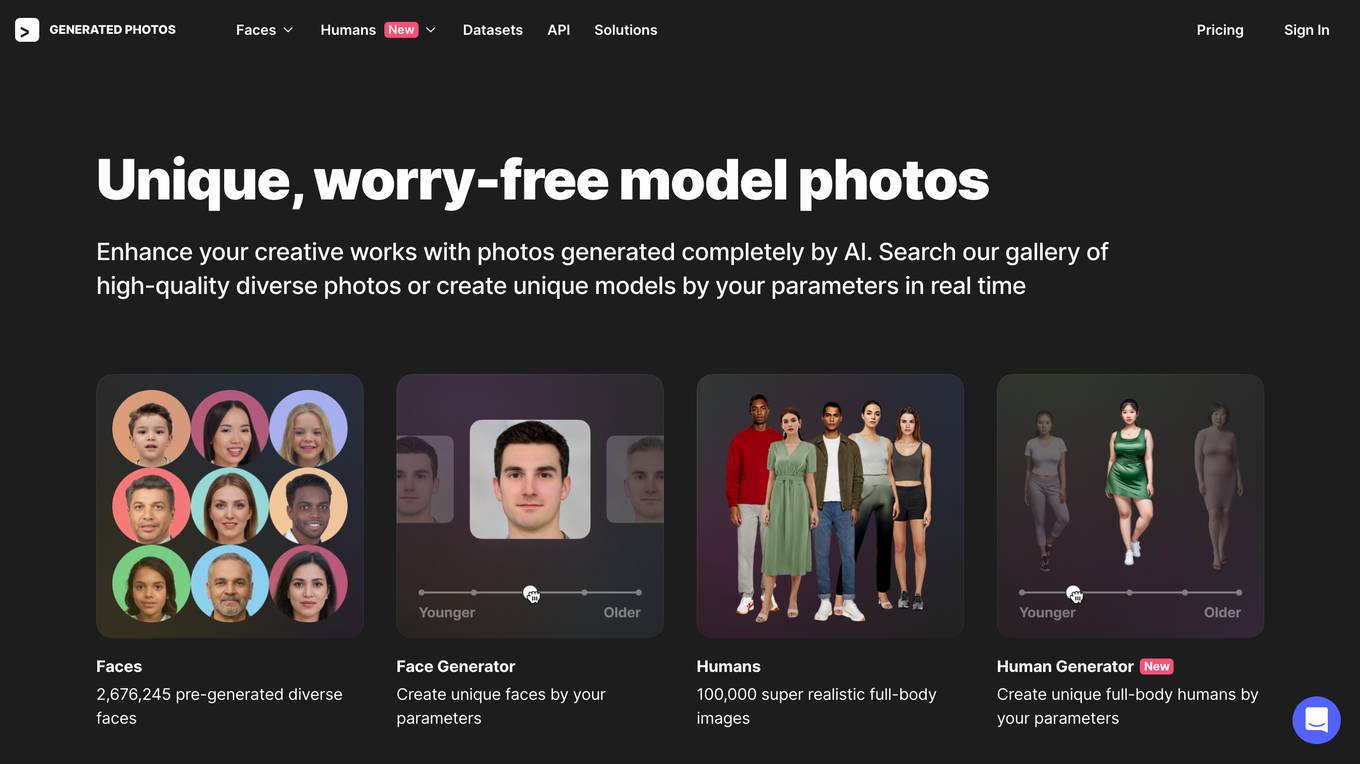
Generated Photos
Generated Photos is an AI-powered application that allows users to create unique, worry-free model photos using advanced AI-generated faces and full-body human generators. With a vast database of pre-generated diverse faces and realistic full-body images, users can enhance their creative works with high-quality photos. The application is perfect for various purposes such as ads, design, marketing, research, and machine learning. Users can search the gallery, create unique models in real-time, and even modify their own photos using the Face Generator and Human Generator tools. Generated Photos offers bulk download options, datasets, and API integration for large projects, making it a versatile tool for businesses and individuals seeking generative media solutions.

Syntho
Syntho is a self-service AI-generated synthetic data platform that offers a comprehensive solution for generating synthetic data for various purposes. It provides tools for de-identification, test data management, rule-based synthetic data generation, data masking, and more. With a focus on privacy and accuracy, Syntho enables users to create synthetic data that mirrors real production data while ensuring compliance with regulations and data privacy standards. The platform offers a range of features and use cases tailored to different industries, including healthcare, finance, and public organizations.
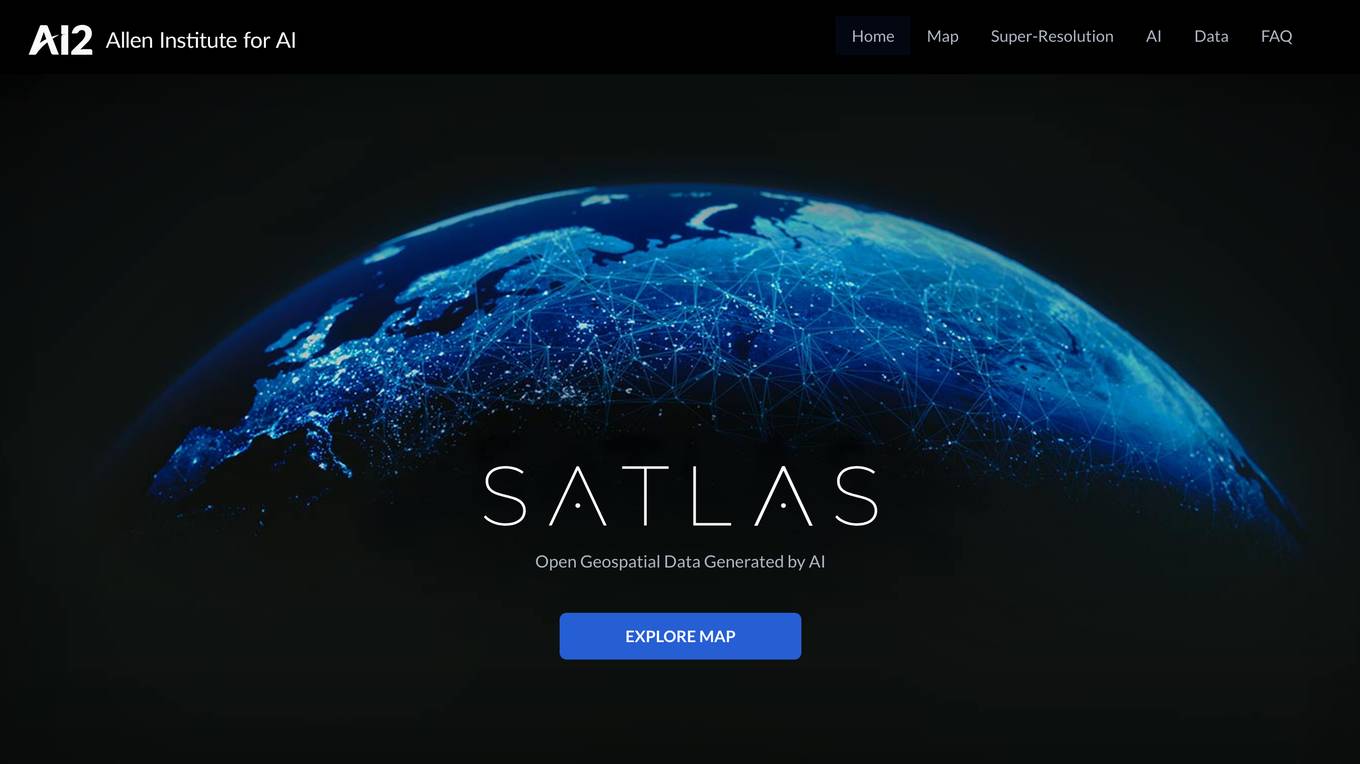
Satlas
Satlas is an AI-powered platform that provides geospatial data generated by AI models. The platform offers insights into changes in marine infrastructure, renewable energy infrastructure, and tree cover on a monthly basis. Users can explore maps showcasing developments such as wind farms, solar farms, deforestation, and more. Satlas employs advanced AI architectures and training algorithms in computer vision to enhance low-resolution satellite imagery and produce high-resolution images globally. The platform's geospatial datasets are freely available for offline analysis, along with AI models and training labels. Developed by the Allen Institute for AI, Satlas aims to advance computer vision technology for better understanding and monitoring of Earth's changes.
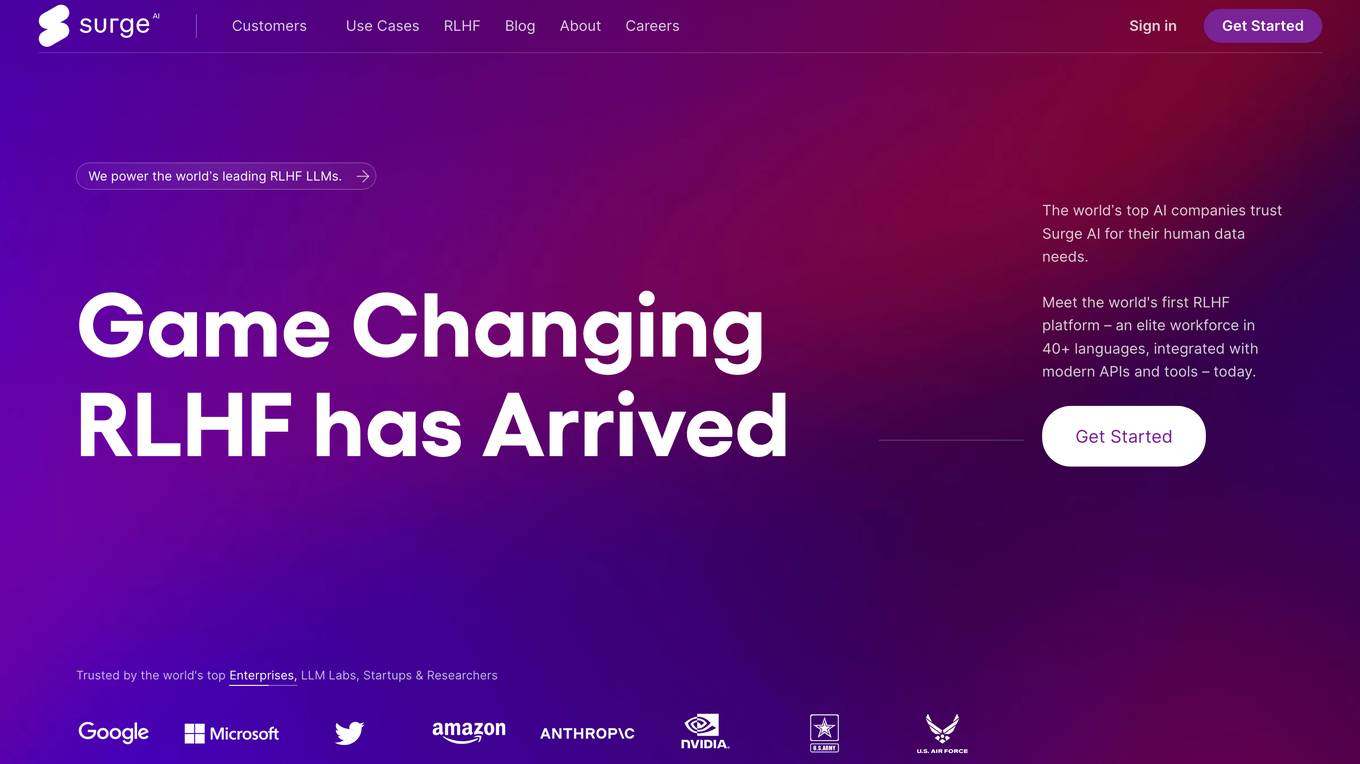
Surge AI
Surge AI is a data labeling platform that provides human-generated data for training and evaluating large language models (LLMs). It offers a global workforce of annotators who can label data in over 40 languages. Surge AI's platform is designed to be easy to use and integrates with popular machine learning tools and frameworks. The company's customers include leading AI companies, research labs, and startups.
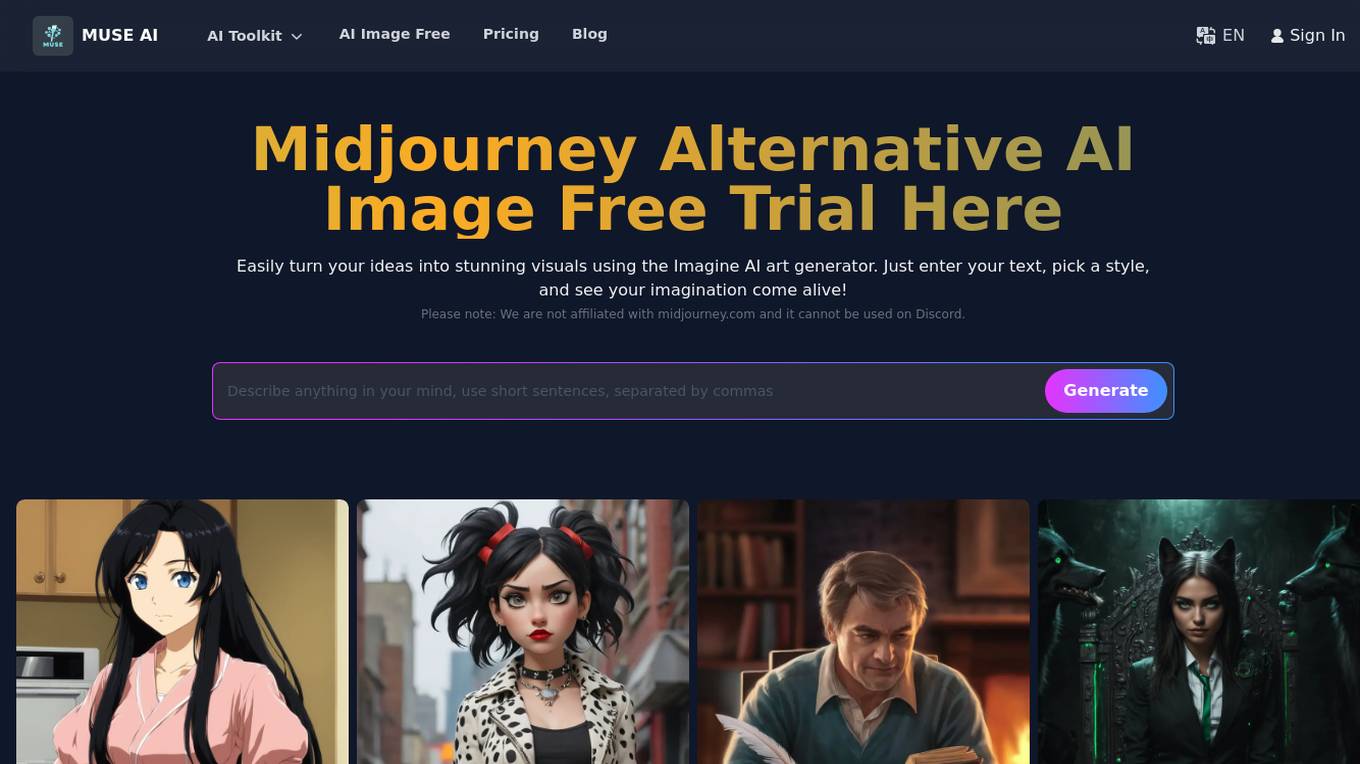
Muse AI Art Generator
Muse AI is an advanced AI art generator tool that allows users to easily turn their ideas into stunning visuals by providing text prompts. The tool uses neural networks trained on large datasets of images and art to create unique digital artwork matching the described artistic style and qualities. Users can generate multiple images, refine them if needed, and add their own unique touch to create amazing AI art. Muse AI offers a stable user experience and provides full control over the aesthetic, making it a reliable choice for effortlessly turning textual descriptions into visual creations.
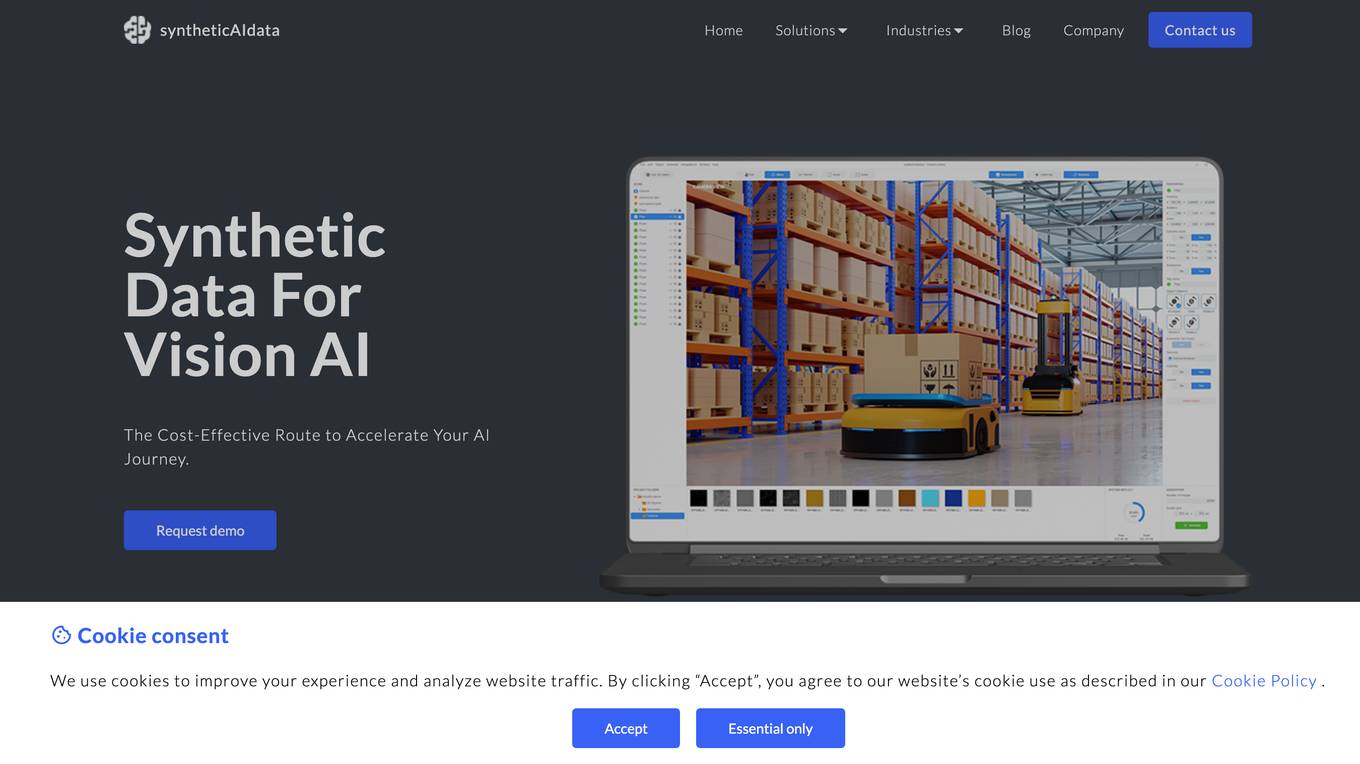
syntheticAIdata
syntheticAIdata is a platform that provides synthetic data for training vision AI models. Synthetic data is generated artificially, and it can be used to augment existing real-world datasets or to create new datasets from scratch. syntheticAIdata's platform is easy to use, and it can be integrated with leading cloud platforms. The company's mission is to make synthetic data accessible to everyone, and to help businesses overcome the challenges of acquiring high-quality data for training their vision AI models.
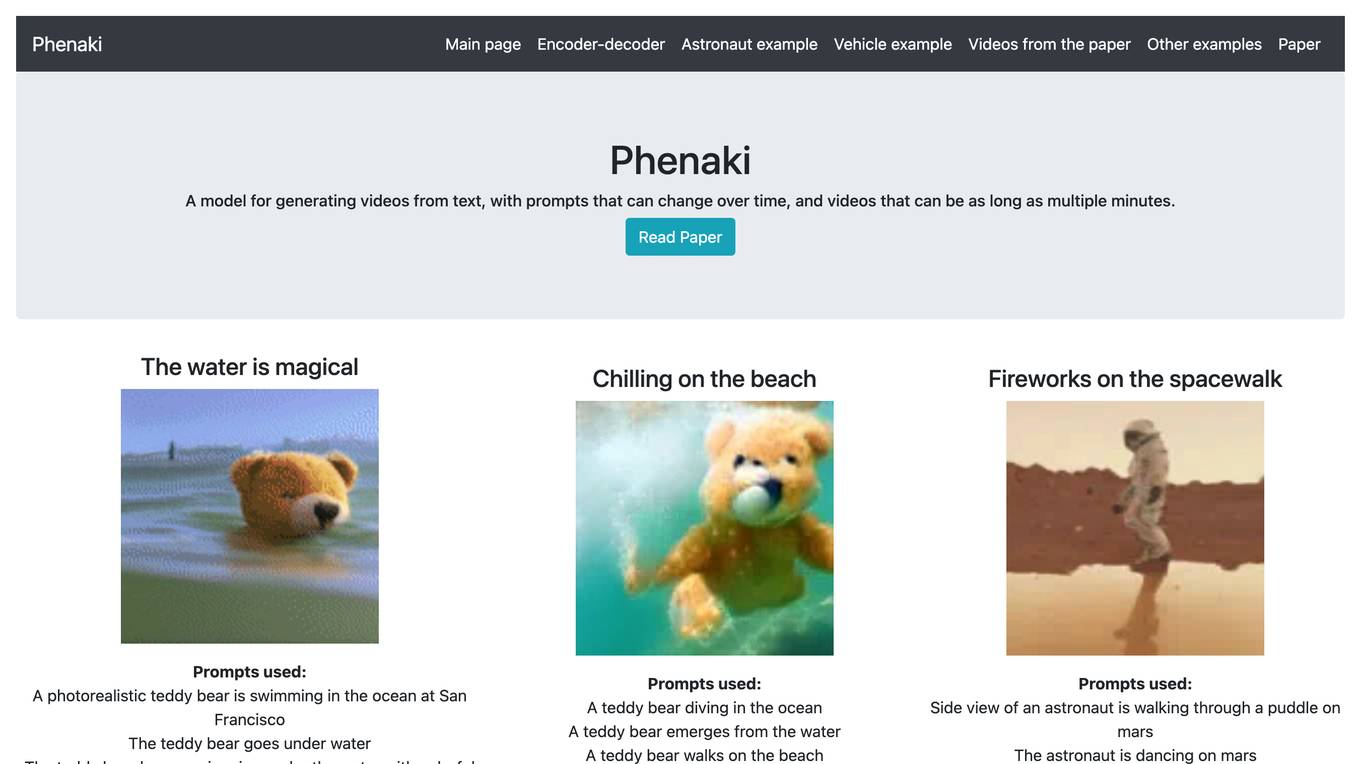
Phenaki
Phenaki is a model capable of generating realistic videos from a sequence of textual prompts. It is particularly challenging to generate videos from text due to the computational cost, limited quantities of high-quality text-video data, and variable length of videos. To address these issues, Phenaki introduces a new causal model for learning video representation, which compresses the video to a small representation of discrete tokens. This tokenizer uses causal attention in time, which allows it to work with variable-length videos. To generate video tokens from text, Phenaki uses a bidirectional masked transformer conditioned on pre-computed text tokens. The generated video tokens are subsequently de-tokenized to create the actual video. To address data issues, Phenaki demonstrates how joint training on a large corpus of image-text pairs as well as a smaller number of video-text examples can result in generalization beyond what is available in the video datasets. Compared to previous video generation methods, Phenaki can generate arbitrarily long videos conditioned on a sequence of prompts (i.e., time-variable text or a story) in an open domain. To the best of our knowledge, this is the first time a paper studies generating videos from time-variable prompts. In addition, the proposed video encoder-decoder outperforms all per-frame baselines currently used in the literature in terms of spatio-temporal quality and the number of tokens per video.
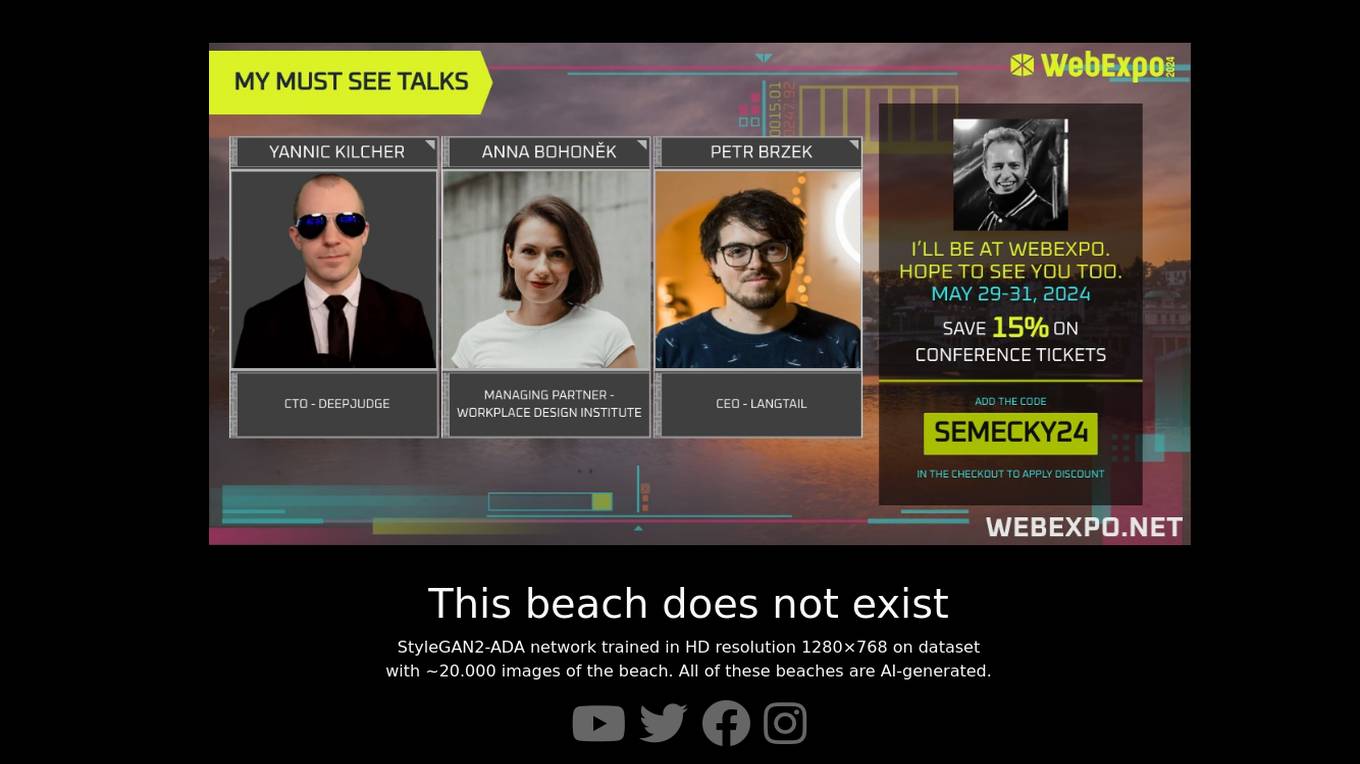
This Beach Does Not Exist
This Beach Does Not Exist is an AI application powered by StyleGAN2-ADA network, capable of generating realistic beach images. The website showcases AI-generated beach landscapes created from a dataset of approximately 20,000 images. Users can explore the training progress of the network, generate random images, utilize K-Means Clustering for image grouping, and download the network for experimentation or retraining purposes. Detailed technical information about the network architecture, dataset, training steps, and metrics is provided. The application is based on the GAN architecture developed by NVIDIA Labs and offers a unique experience of creating virtual beach scenes through AI technology.
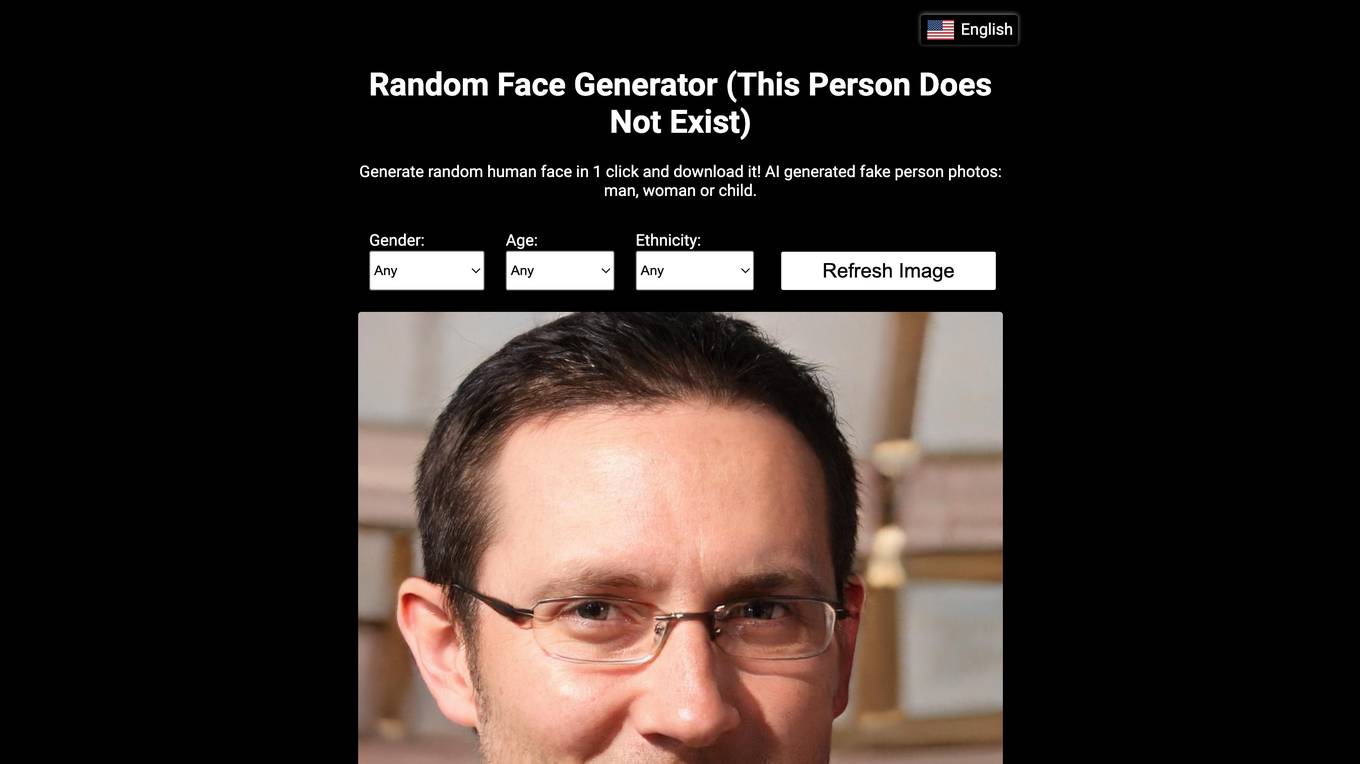
This Person Does Not Exist
This Person Does Not Exist is a website that generates random, realistic faces of people who do not exist. The website uses a neural network called StyleGAN, developed by Nvidia, to create these faces. StyleGAN is a generative adversarial network (GAN), which is a type of machine learning algorithm that can generate new data from a given dataset. In the case of StyleGAN, the dataset is a collection of images of human faces. The GAN is trained on this dataset, and it learns to generate new faces that are realistic and indistinguishable from real faces.
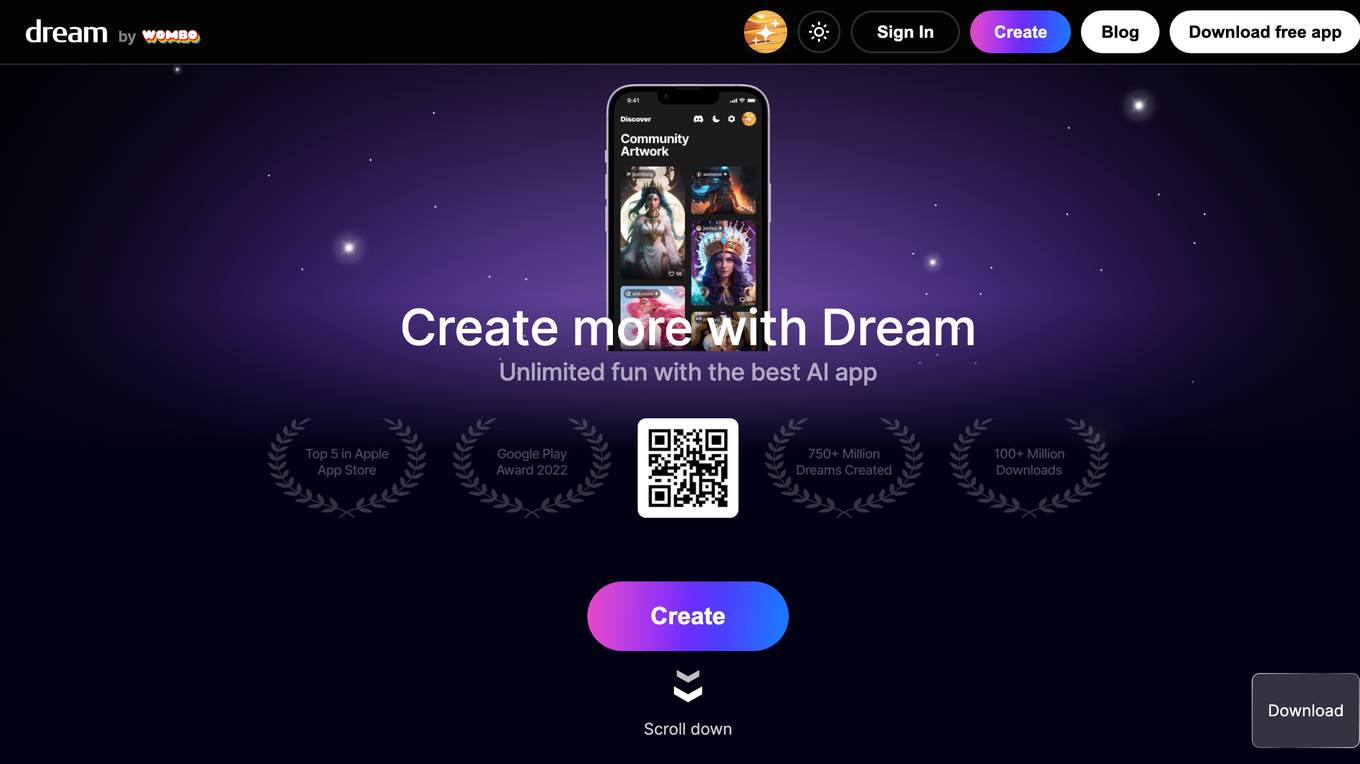
Dream by WOMBO
Dream by WOMBO is an AI-powered art generator that allows users to create unique and stunning images from text prompts. With its advanced algorithms and vast dataset of images, Dream by WOMBO can transform words into captivating visual masterpieces. Whether you're an artist, designer, or simply someone who appreciates the beauty of art, Dream by WOMBO empowers you to unleash your creativity and explore the limitless possibilities of AI-generated imagery.
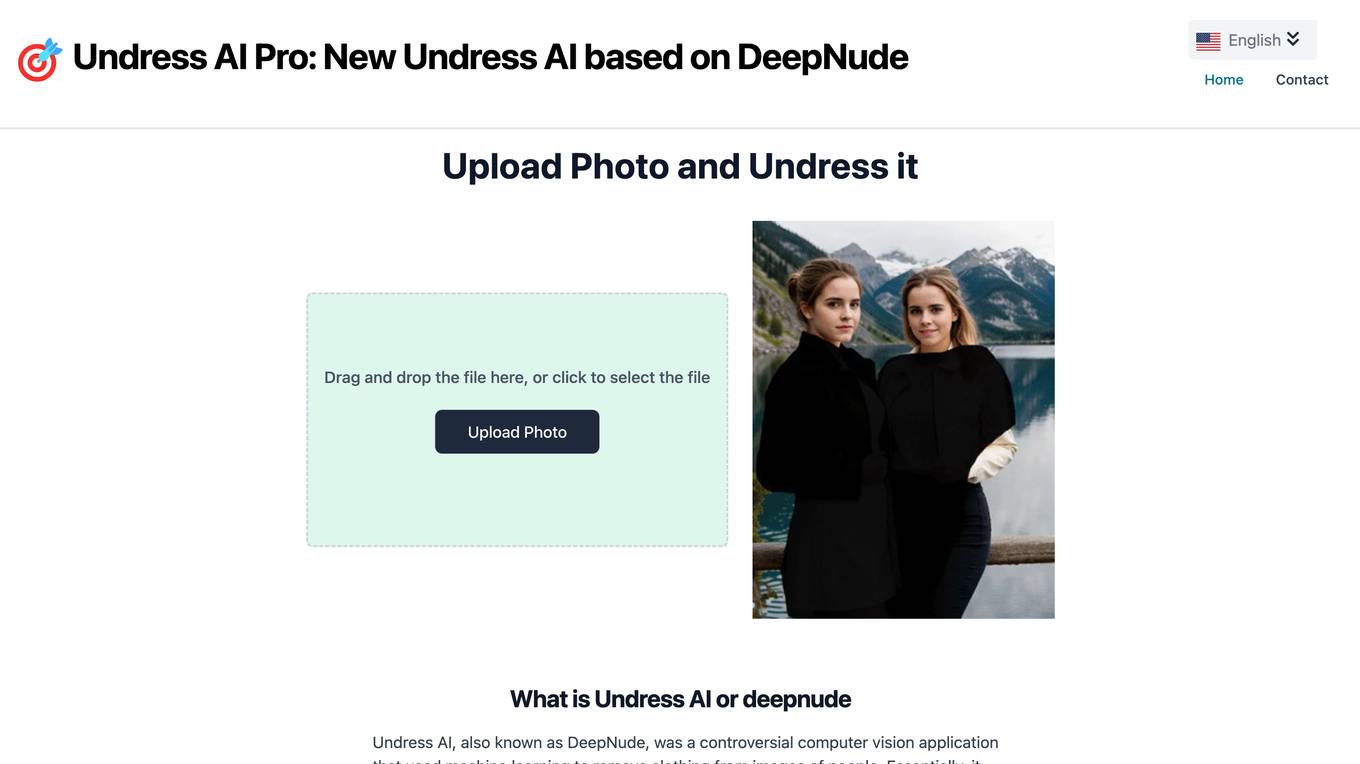
Undress AI Pro
Undress AI Pro is a controversial computer vision application that uses machine learning to remove clothing from images of people. It was based on deep learning and generative adversarial networks (GANs). The technology powering Undress AI and DeepNude was based on deep learning and generative adversarial networks (GANs). GANs involve two neural networks competing against each other - a generator creates synthetic images trying to mimic the training data, while a discriminator tries to distinguish the real images from the generated ones. Through this adversarial process, the generator learns to produce increasingly realistic outputs. For Undress AI, the GAN was trained on a dataset of nude and clothed images, allowing it to "unclothe" people in new images by generating the nudity.
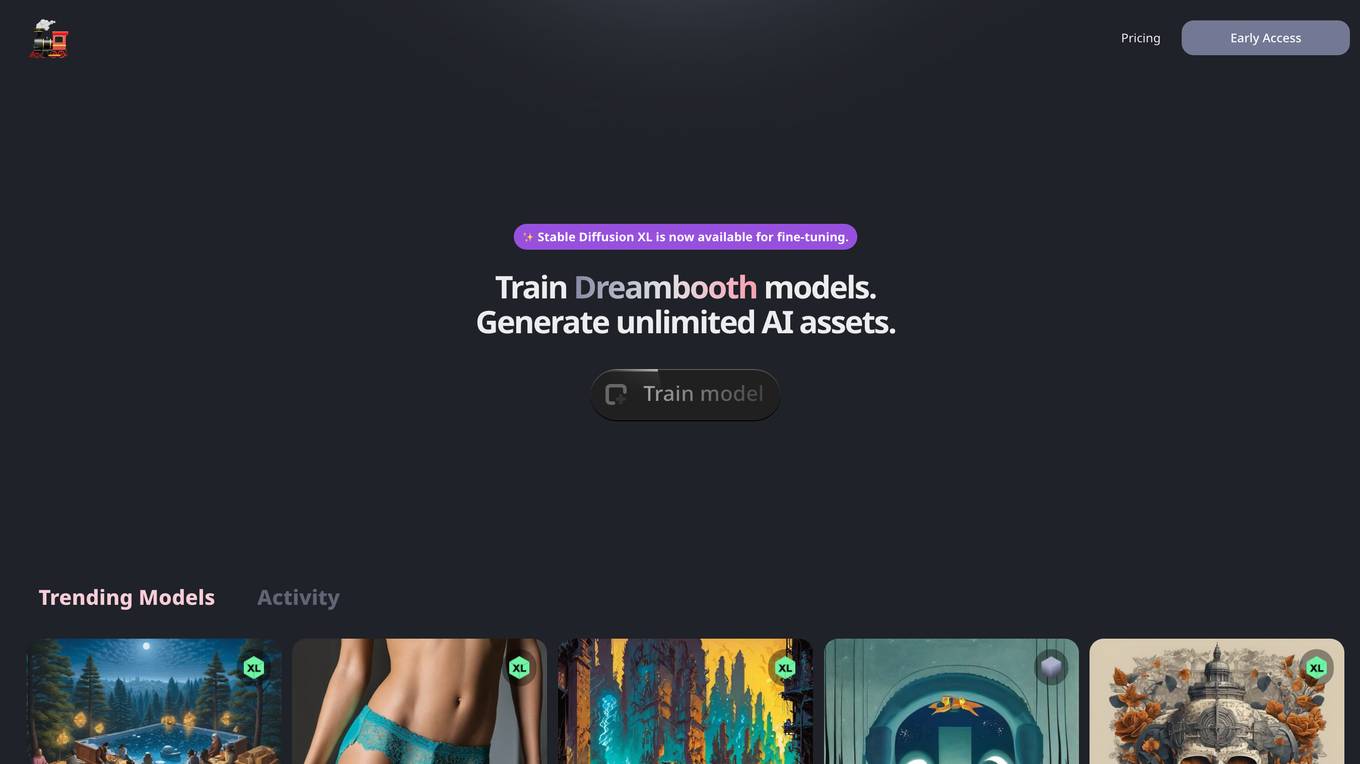
TrainEngine.ai
TrainEngine.ai is a powerful AI-powered image generation tool that allows users to create stunning, unique images from text prompts. With its advanced algorithms and vast dataset, TrainEngine.ai can generate images in a wide range of styles, from realistic to abstract, and in various formats, including photos, paintings, and illustrations. The platform is easy to use, making it accessible to both professional artists and hobbyists alike. TrainEngine.ai offers a range of features, including the ability to fine-tune models, generate unlimited AI assets, and access trending models. It also provides a marketplace where users can buy and sell AI-generated images.
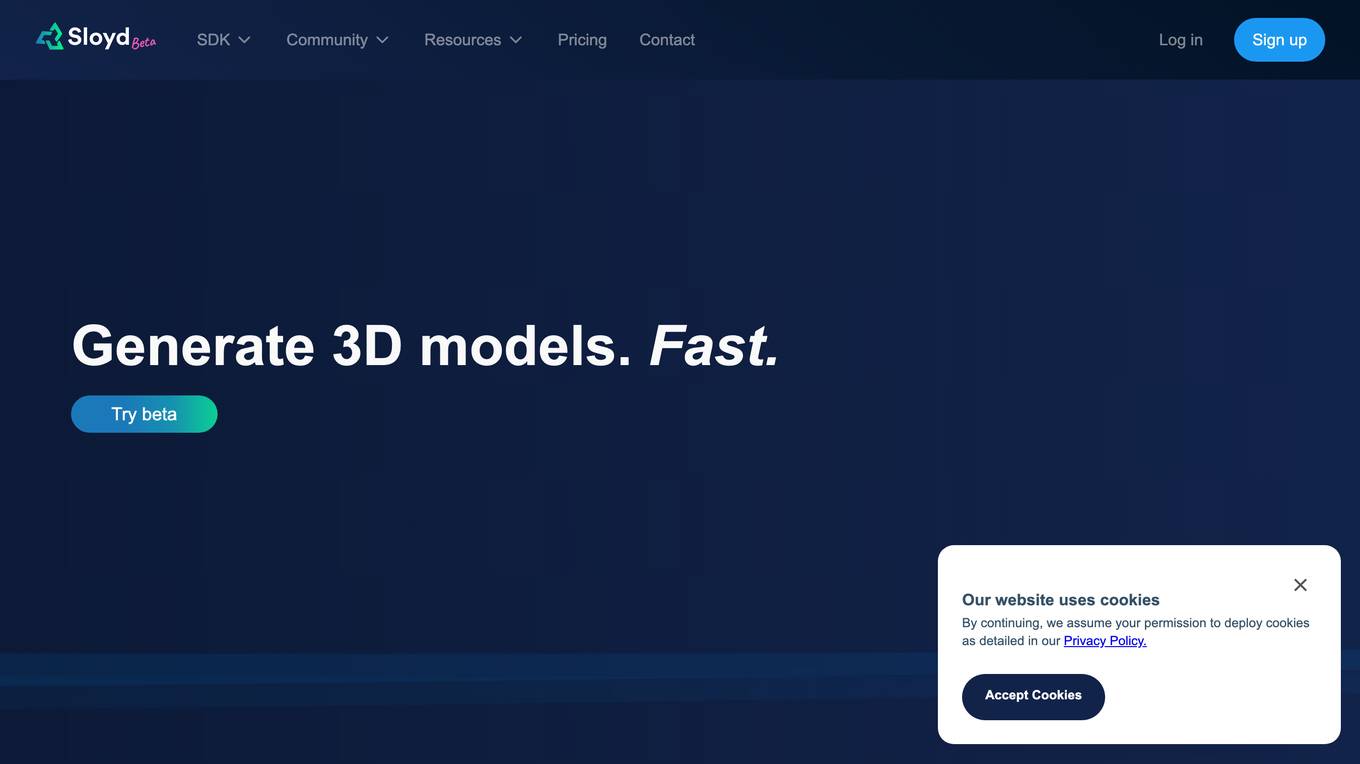
Sloyd
Sloyd is an AI-powered 3D model generator that allows users to create 3D models from text prompts. The platform offers a wide range of features, including a huge 3D model library, easy customization of 3D models, and ready-to-use 3D models. Sloyd is ideal for game developers, designers, and 3D enthusiasts who need to create high-quality 3D models quickly and efficiently.
0 - Open Source AI Tools
20 - OpenAI Gpts
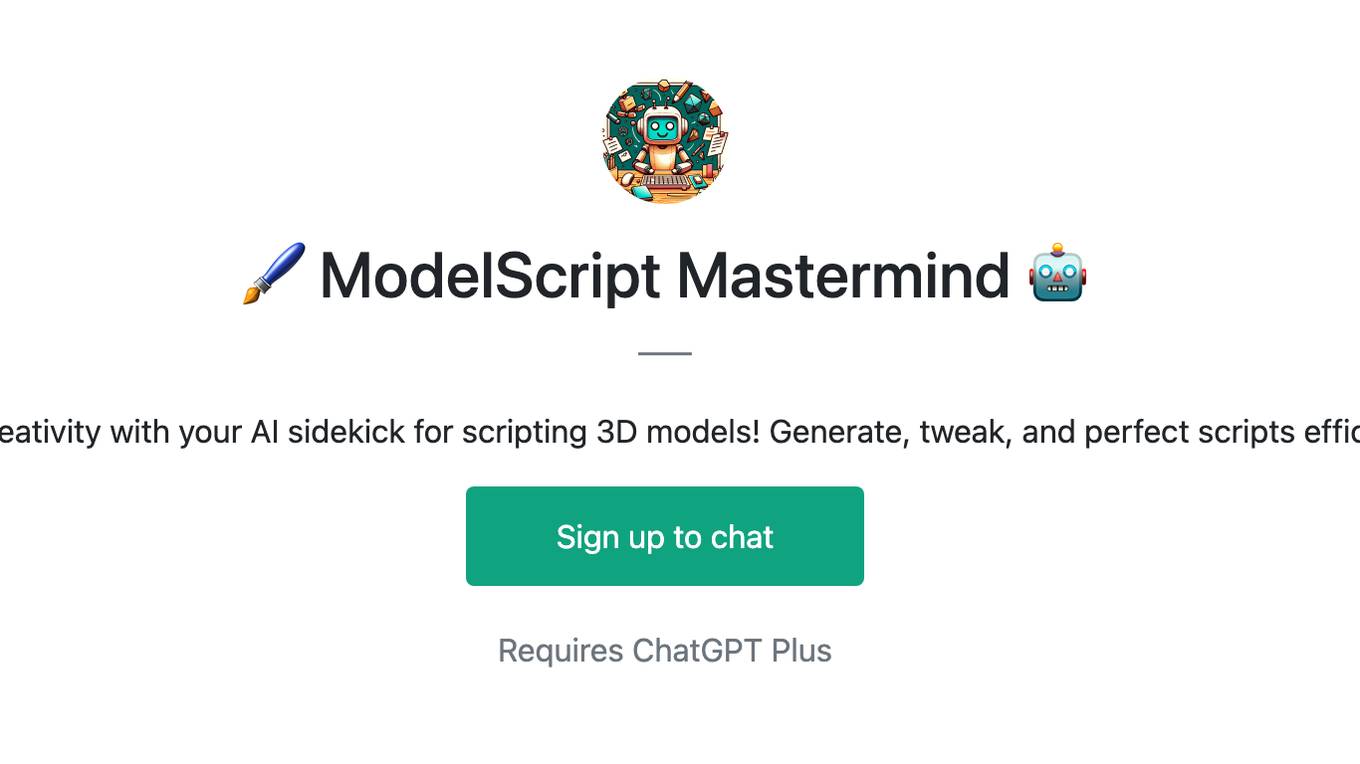
🖌️ ModelScript Mastermind 🤖
🎨 Unleash creativity with your AI sidekick for scripting 3D models! Generate, tweak, and perfect scripts efficiently! 🚀✨
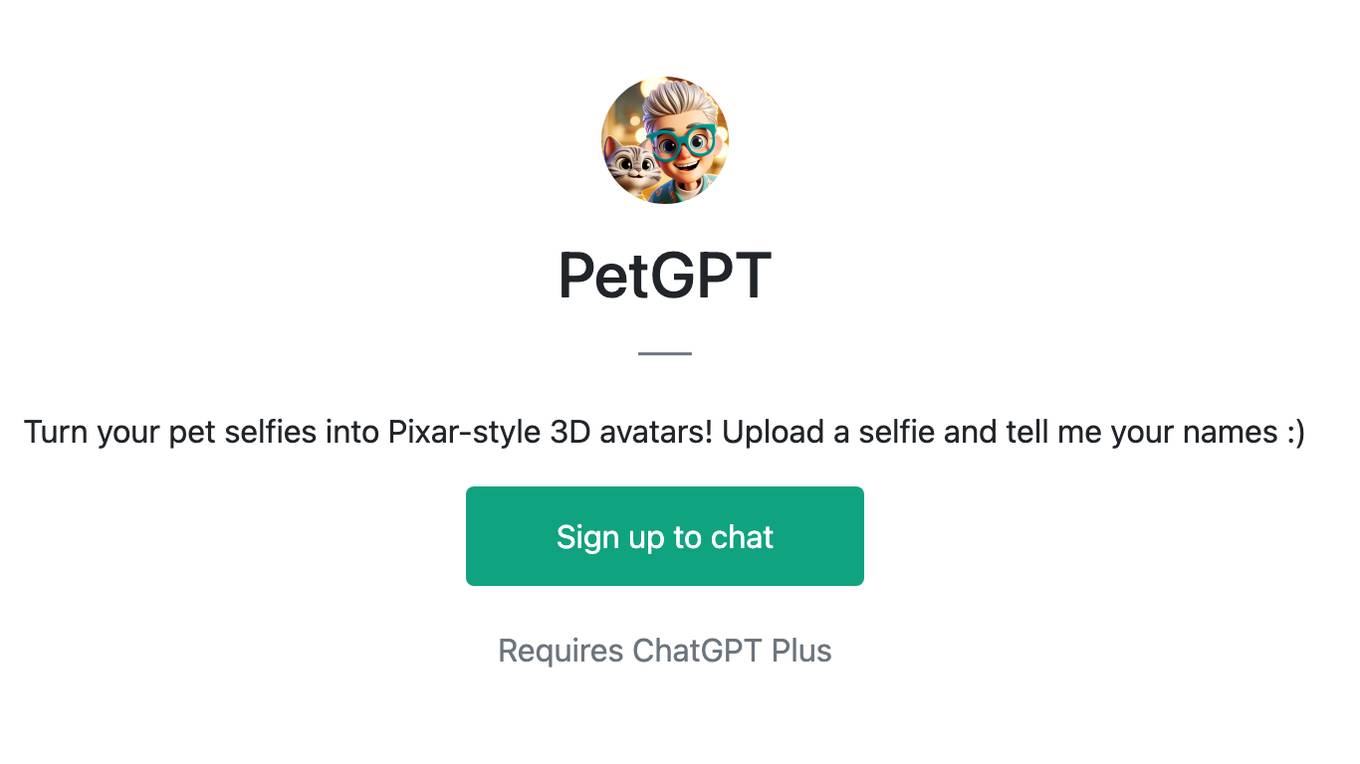
PetGPT
Turn your pet selfies into Pixar-style 3D avatars! Upload a selfie and tell me your names :)
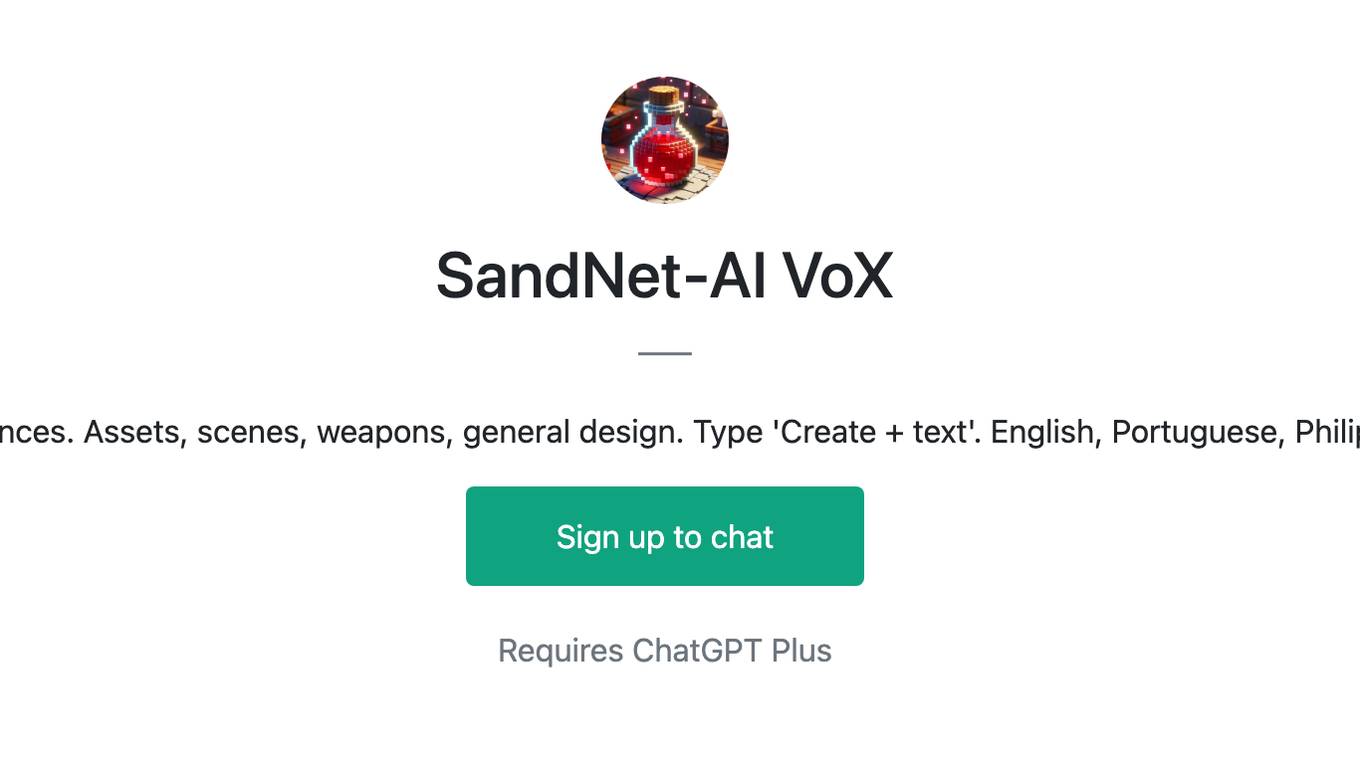
SandNet-AI VoX
Create voxel art references. Assets, scenes, weapons, general design. Type 'Create + text'. English, Portuguese, Philipines,..., +60 others.
